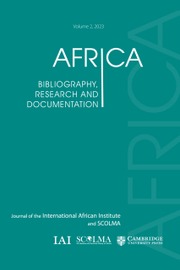Introduction
English is an official language in twenty-four African countries. Influenced by colonialism, anglophone literature in these countries began to develop in the 1930s and 1940s. It was then that the translation and research of African anglophone literature in China began. After nearly a century of development, the achievements of African anglophone literature are quite well-known in China. In recent years, monographs, academic papers and research projects have blossomed. Most of this research concentrates on the historical context and modern characteristics of African anglophone literature, usually taking a chronological approach to view the development of African literature before colonization, during colonization, and after independence. Other studies focus on the dissemination and reception of African literature in China, which are closely related to chronological developments in China itself during the May Fourth Movement, the early days of the People’s Republic of China, reform and opening up, and the twenty-first century. During the May Fourth Movement and the early days of the People’s Republic of China, some revolutionary and political African literature was translated. With the accelerating speed of reform and opening up, a large number of classic works, awarded literary works in Africa and the Western world began to be systematically translated in China, enabling the translation and research of African anglophone literature in China to take off.
However, despite this significant advancement, for about twenty years the translation and research of African anglophone literature in China remained relatively marginal and backward, and it was not until the twenty-first century that momentum increased strongly. The translations and research during this period mainly focus on award-winning writers, and the most extensively researched writers include three Nobel Prize in Literature winners: Wole Soyinka, J. M. Coetzee, and Nadine Gordimer. Writers such as Chinua Achebe, the recipient of the International Booker Prize, are also favourites for publishers and researchers. With help from various libraries, comprehensive databases, and internet websites, this article collects, collates and analyses the translated literary works, monographs, academic papers, and research projects, aiming to provide a bibliographic overview of the status quo of African anglophone literature in China.
Monographs on African anglophone literature
To begin with, the general study of African anglophone literature as a whole has only emerged in recent years. As of 2023, a total of six comprehensive in-depth study monographs have been published in China.
The Origin and Development of African Anglophone Literature (《非洲英语文学的源与流》) (Zhu Reference Zhu2019) traces African anglophone literature from its native origins, and the texts of African Anglophone literature, historical materials and critical discourse as a whole. It also includes cross-border studies on the generation, dissemination and influence of African anglophone literature. The research methods are from the source to the stream, from the micro to the macro, from the inside to the outside, from the literary phenomenon to cultural concern, from the native African to the European, and finally returning to the native perspective.
Studies of African Anglophone Literature(《非洲英语文学研究》) (Zhu, Li and Yuan Reference Zhu, Li and Yuan2019) is a collection of papers on African anglophone literature, composed of four parts: the first, ‘General view: historical review and prospect’, reflects the general state of African Anglophone literature research in China, and provides a historical review and reflection; the second, ‘Thematic implications: colonial history and African culture’, reflects the textual hermeneutic focus of African anglophone literature studies; the third, ‘Artistic representation: inheritance of tradition and language innovation’, presents discussions of African anglophone literature by Chinese scholars; the fourth, ‘Theoretical inquiry: literary trends and comparative perspectives’, showcases the current theoretical involvement in the study of African anglophone literature in China.
The Study of Anglophone Literature in African Countries(《非洲国别英语文学研究》) (Zhu, Lan and Feng Reference Zhu, Lan and Feng2019) is divided into four parts, three exploring anglophone literature and research in South Africa, Nigeria and Kenya. The fourth reflects on the status of literature studies in five other African countries: Zimbabwe, Somalia, Botswana, the Gambia and Cameroon.
On the Generation of African Anglophone Literature: fragments of a textualized historiography(《论非洲英语文学的生成:文本化史学片段》) (Yan Reference Yan2019) presents a textual historiography of fragments that starts with the linguistic and script conditions of Africa. It includes a comprehensive and in-depth examination of historical, political and economic factors, explaining why anglophone literature in Africa transcends other languages. Starting from the idea that ‘English is the language of English speakers’, the author approaches the original text and makes extensive references to comments from various countries.
Attachment and Detachment: black African anglophone writing in the context of post-colonial culture(《依附与剥离:后殖民文化语境中的黑非洲英语写作》) (Gao Reference Gao2015) analyses the development of black African anglophone writing, which has matured in dialogue and confrontation with European literature. Based on case studies, this monograph outlines common features and the ever-changing independent literary attributes of Africa south of the Sahara.
Studies of Postcolonial Literature in English(《英语后殖民文学研究》) (Ren and Cui Reference Ren and Cui2003) is an analytical study of the cultural backgrounds, creative ideas, and characteristics of the works of postcolonial novelists, African or otherwise, active twenty years ago. The book discusses nearly thirty writers, including V. S. Naipaul, Michael Ondaatje, Kazuo Ishiguro, Nadine Gordimer, and Han Suyin.
Representative academic papers on African anglophone literature
Although the number of academic papers on African anglophone literature as a whole is not large, the research perspectives have been quite comprehensive, involving the characteristics, history and dissemination of African anglophone literature. Prominent scholars in this regard are Zhu Zhenwu, Li Meichen, Li Dan and Yuan Junqing.
‘The periodic representation of dispersed literature and its world significance: taking African anglophone literature as an example’ (Zhu and Yuan Reference Zhu and Yuan2019) points out that diasporic literature usually refers to literary works created by writers who have experienced cross-country and cross-cultural life. But in addition to this foreign diaspora, there are two important diasporic literary lineages: the diaspora on home ground and the colonial diaspora. Some writers have been immersed in foreign cultures for so long that, although they have never experienced the diaspora of foreign residence or migration, their works are stamped with the marks of the diaspora: for example, anxiety over identity, racial discrimination, home seeking, cultural hybridization, marginalized experience. As an important part of ‘non-mainstream’ literature, African anglophone literature invariably has these characteristics. This symptomatic diaspora is the outcome of the fierce clashes, conflicts and integration between African and Western culture resulting from colonial, anti-colonial and national liberation movements. Being aware of and understanding the imprint of the diaspora in African anglophone literature and thence reinterpreting the basic concept of the diasporic is important if we are to gain a proper understanding of literary phenomena, creativity and cultural factors worldwide and reveal the complex origins and development and the profound cultural significance of world literature.
‘African anglophone literature in the perspective of world literature genealogy’ (Li Reference Li2023) analyses the content, origin and dissemination of African literature in the perspective of world literature, and reveals how anglophone African writers have written and rewritten African identities through their writings in the light of the relationship between literary texts, forms, content and contexts, and by integrating historical and historiographical aspects, location and geography, and the evolution of languages, showing how this writing and rewriting have shaped and rewritten European and African identities.
‘African anglophone literature in China’ (Chen and Gao Reference Chen and Gao2017) is mainly based on the combing of papers from CSSCI (Chinese Social Science Citation Index) journals, exploring the development trajectory of African Anglophone Literature research in China through literature research, summarizing and analysing the research situation at both macro and micro levels, exploring problems, and suggesting future research.
South Africa
The nature of the literature of the Republic of South Africa is determined by the characteristics of its historical and cultural development. South Africa, inhabited by many ethnicities, has literature in several different languages, both Bantu (isiZulu, Xhosa, Sesotho, Setswana) and European languages. The dominant white literature is divided between English and Afrikaans, which began to emerge in the 1950s and 1960s, with English literature gradually replacing Afrikaans literature. A few indigenous South Africans were writing in their own Bantu languages before the 1950s, for example, A. C. Jordan and Enoch S. Guma (Xhosa), Thomas Mofolo (Sesotho), John L. Dube (isiZulu); but this virtually ended during the apartheid era (1948–94).
South African anglophone literature is outstanding. In terms of research topics, most studies focus on the world-renowned writers, Gordimer and Coetzee, with other studies discussing the creative characteristics of South African anglophone literature as a whole, and the creative works of other important writers. The aura of the Nobel Prize has made Gordimer and Coetzee, and Coetzee in particular, the centre of research. Coetzee studies account for almost half of the articles collected, and research has been published on almost all of Coetzee’s literary works.
There are three monographs on South African literature as a whole. The History of South African Literature(《南非文学史》) (Li Reference Li2009) introduces and comments on the origin and development of South African literature, describes the literature of all ethnic groups in South Africa in five stages, and South Africa at all stages of its history. It gives readers a comprehensive understanding of South African literature. Transnationalism in South African Literature: modernists, realists, and the inequality of print culture (《南部非洲文学中的跨国主义:现代主义者、现实主义者与印刷文化的不平等》) (Hagerson Reference Hagerson2015) is a series of articles on southern African literature. The Funeral of the Earth: translation and appreciation of South African classic short stories (《大地的葬礼: 南非经典短篇小说翻译与赏析》) (Tan and Ni Reference Tan and Ni2018) contains fourteen contemporary South African short stories.
Among academic papers on South African anglophone literature, ‘A brief introduction to South African literature’ (Wang Reference Wang1997) and ‘A brief introduction to South African literature in the twentieth century’ (Liu Reference Liu1999) are characterized by their comprehensive nature. The former presents the development of Afrikaans literature, Boer literature, and anglophone literature in South Africa, using language as the unit of differentiation. The latter analyses several major features of South African literature in this period from the situation of the development of South African society and literature in the twentieth century: firstly, anti-racist literature is the backbone of South African literature in the twentieth century, and it is an excellent representation of twentieth-century South African literature; secondly, in twentieth-century South African literature the literature of all national languages develops together and anglophone literature has the highest achievement; thirdly, twentieth-century South African literature was both influenced by European literature and characterized by distinctive South African local features. ‘The relationship between the theoretical connotations of the Black Awakening Movement in South Africa and the themes of poetry’ (Zhang Reference Zhang2016: 179) holds that the Black Awakening Movement has a special and important place in the history of South Africa’s anti-apartheid struggle, and the black poetry of the period echoed the people’s awakening and political aspirations.
The most prominent South African writers include Olive Schreiner, Es’kia Mphahlele, Peter Abrahams, Alex la Guma, Richard Rive, Athol Fugard, André Brink and Damon Galgut.
Olive Schreiner (1855–1920)
White South African writer Olive Schreiner stands at the juncture of the nineteenth and twentieth centuries as a monumental figure, not only a pioneer of the South African anglophone literary tradition, but also a prominent feminist. As a novelist, Schreiner’s major achievement was Story of an African Farm (1883). Later she published six further novels. She is one of the earliest African writers translated into Chinese with Story of an African Farm translated into Chinese in 1958. Story of an African Farm remains the classic African reading for Chinese readers.
Es’kia Mphahlele (1919–2008)
Es’kia Mphahlele was recognized as the father of African humanism and one of the founding fathers of modern African literature. Concerned with human rights issues, in his works Mphahlele avoids simplistic answers to South Africa’s major racial problems. His autobiography Down Second Avenue (1959) vividly recreates childhood and adolescence in the suburb of Petersburg and in South Africa’s administrative capital Pretoria, depicting black townships and urban ghettos. It also recalls how he fought against racial discrimination and for his rights and dignity in the face of growing racial discrimination in South Africa. So far, there are very few translations and studies of Mphahlele in China: only one translation of his autobiography Down Second Avenue, translated by Yin Xiaohong and published by Zhejiang University of Commerce and Industry Press in 2019; and one academic paper ‘The fugitive’s gaze: racial writing in Es’kia Mphahlele’s Down Second Avenue’ by Wu Lili, published in 2020 in the journal The Research of the Dynamics of Foreign Literature.
Peter Abrahams (1919–2017)
Peter Abrahams was influenced by Marxism and his early writing tended to focus on race and economics. His major works include Mine Boy (1943), and A Wreath for Udomo (1953). He also wrote two memoirs as reflections on his black experience in the twentieth century. The introduction and translation of Peter Abrahams in China were active in the 1980s; novels such as Mine Boy and A Wreath for Udomo (see Figure 1) were translated, in 1959 and 1984 respectively, but since then less attention has been paid to him.
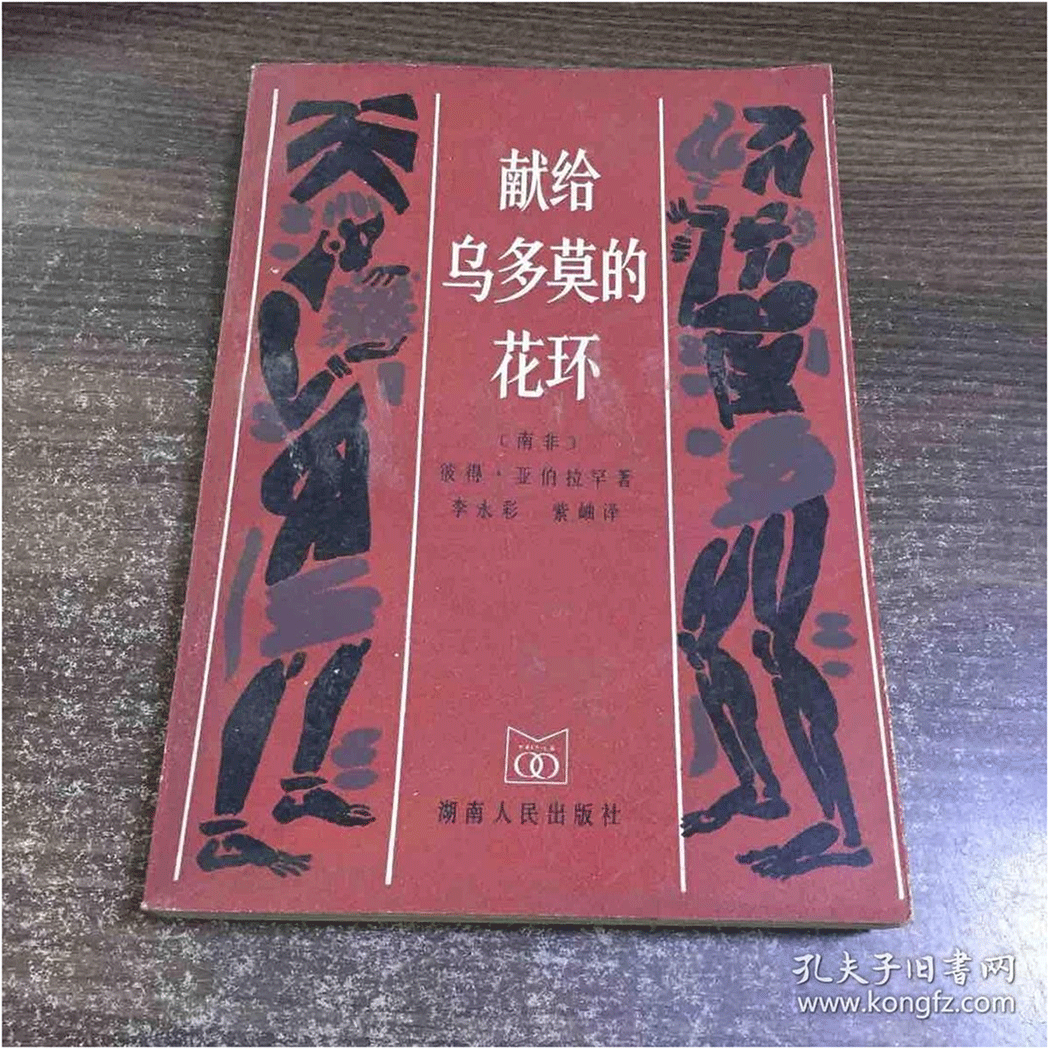
Figure 1. A Wreath for Udomo《献给乌多莫的花环》Source: https://book.douban.com/subject/35056393/.
Alex La Guma (1925–85)
Alex La Guma was a black South African writer whose creations reflected the realities of non-white life in South Africa. His major works include A Walk in the Night and Other Stories (1962), And a Threefold Cord (1964), The Stone-Country (1967), In the Fog of the Seasons’ End (1972), and Time of the Butcherbird (1979). Except for a few mentions in academic papers, there are currently no literary translations, theses, monographs or academic papers on him in China.
Richard Rive (1931–89)
Richard Rive is one of a group of protest writers emerging in the twentieth century struggling against apartheid, and is regarded as a representative of the South African ‘socio-political novel’. In the 1950s and 1960s, along with the development of the political movement in South Africa, a group of young writers circled around the magazine Drum, forming a special literary phenomenon. Richard Rive was one of them. He published his first collection of short stories, African Songs, in 1963; a novel, Emergency, in 1964, which attacked the racial discrimination policy of South Africa and was introduced to China in 1985, translated by Hou Huanliang and published by the Foreign Literature Press. Later he published three more novels in the 1980s. In China, except for the translation of Emergency in 1985 (see Figure 2), no other introductions, translations or studies on Richard Rive are available.
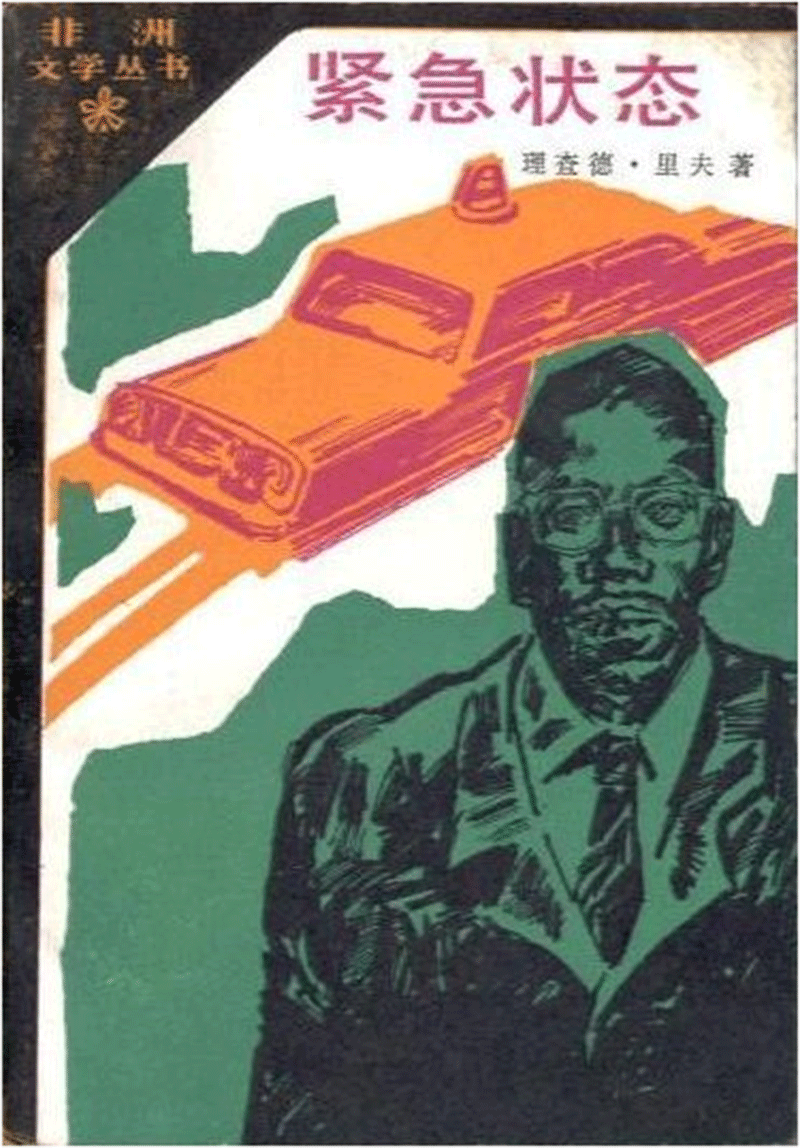
Figure 2. Emergency《紧急状态》Source: https://book.douban.com/subject/2374994/.
Athol Fugard (1932–)
The playwright Athol Fugard is a winner of the Tony Award for Lifetime Achievement. In the six decades since 1950, he has written over thirty plays, four screenplays, two novels and two autobiographies, and has received all the most important awards and nominations in the theatre world. Despite this, he has received very little attention in China. So far, there are no translations of Fugard’s works, but according to the search results from the China Knowledge Network, there are thirteen academic papers on Fugard, a relatively high number among the South African writers group. In 2015, the Box Theatre of the Shanghai Culture Square exhibited three masterpieces of Athol Fugard: My Children! My Africa!, The Island, and The Train Driver.
André Brink (1935–2015)
André Brink published more than forty novels, collections of essays, memoirs, and reviews and is a major writer in South Africa on a par with Nobel Prize-winners Nadine Gordimer and J. M. Coetzee. An outspoken critic of apartheid, censorship and political oppression, André Brink was nominated for the Nobel Prize three times during his lifetime. He is best known for his 1979 novel A Dry White Season, and in 2009 published his autobiography, A Fork in the Road: a memoir, an unflinching critique of South Africa under ANC (African National Congress) rule fifteen years after the end of apartheid. There are currently few translations of his work in China, one exception being The Novel: language and narrative from Cervantes to Calvino, translated by Professor Wang Hongzhang of Fudan University and published by Shanghai People’s Publishing House in 2009. This book selects fifteen landmark works in the history of the Western novel from the seventeenth to the twentieth century, and takes language and narrative as the clue to making a new interpretation. It includes Don Quixote and the so-called ‘classic novels’ of the eighteenth and nineteenth centuries, as well as modernist novels of the twentieth century, featuring such famous novels as Emma, Madame Bovary, The Lawsuit, One Hundred Years of Solitude, The Unbearable Lightness of Being and If on a Winter’s Night a Traveller.
Damon Galgut (1963–)
Damon Galgut was born in Pretoria, and wrote his debut novel, A Sinless Season (1982) at the age of seventeen. He has published nine novels, a collection of short stories, and a collection of plays. He has won many awards, including the CNA Literary Award for The Beautiful Screaming of Pigs in 1992; the Commonwealth Writers Prize (Africa Region: Best Book) in 2003 for The Good Doctor, which was also shortlisted for the 2003 Booker Prize for Fiction and the 2005 International IMPAC Dublin Literary Award. The Imposter was shortlisted for the Commonwealth Writers Prize, and In a Strange Room, for the Booker Prize. After missing out on the Booker Prize twice, Galgut finally won it in 2021 for his latest novel The Promise, becoming the third South African author, after Nadine Gordimer and Coetzee, to win the award. The Booker Prize led to more interest in China and major publishers are scrambling to publish his works. As of 2023, a total of three of Galgut’s works have been translated into Chinese, namely, The Promise (translated by Huang Jianshu and published by Guangxi Normal University Press in 2022); In a Strange Room (translated by Li An and published by CITIC Publishing House in 2016); and The Good Doctor (translated by Zhu Yayun and published by China Friendship Publishing House in 2023). There have been a number of newspaper articles and academic papers on Galgut such as ‘Damon Galgut’s The Promise: no future without love’ (Gao Reference Gao2023), ‘South African Writer Damon Galgut’s journey to literary prizes: a review of the Booker Prize for Literature in 2021’ (Rui Reference Rui2022), ‘Pursuit and loss: reviewing Damon Galgut’s In a Strange Room’ (Guo and Qu Reference Guo and Qu2012). (See Figures 3a–3c)
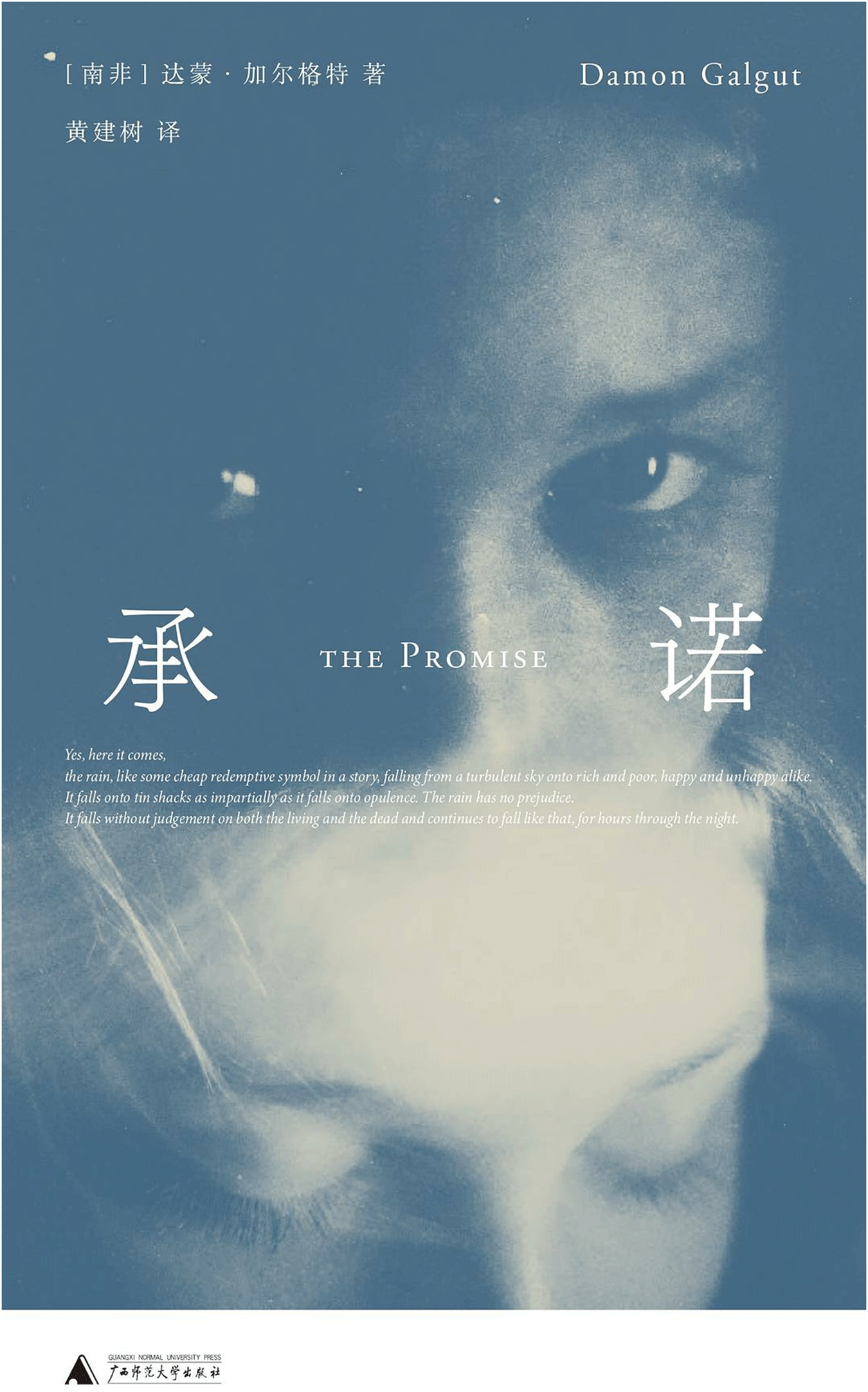
Figure 3a. The Promise《承诺》Source: https://book.douban.com/subject/36078302/.
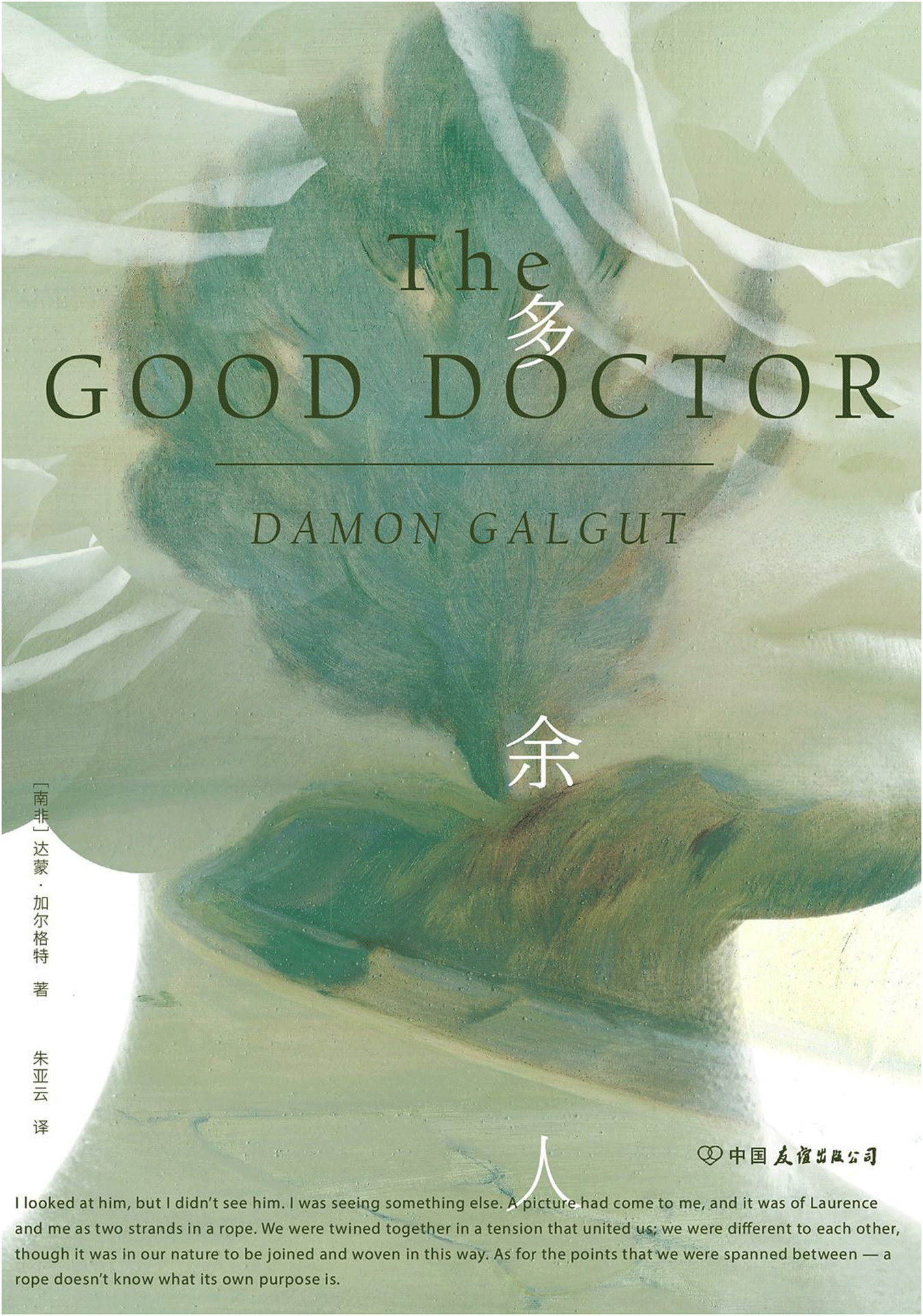
Figure 3b. The Good Doctor《多余人》Source: https://book.douban.com/subject/36378758/.
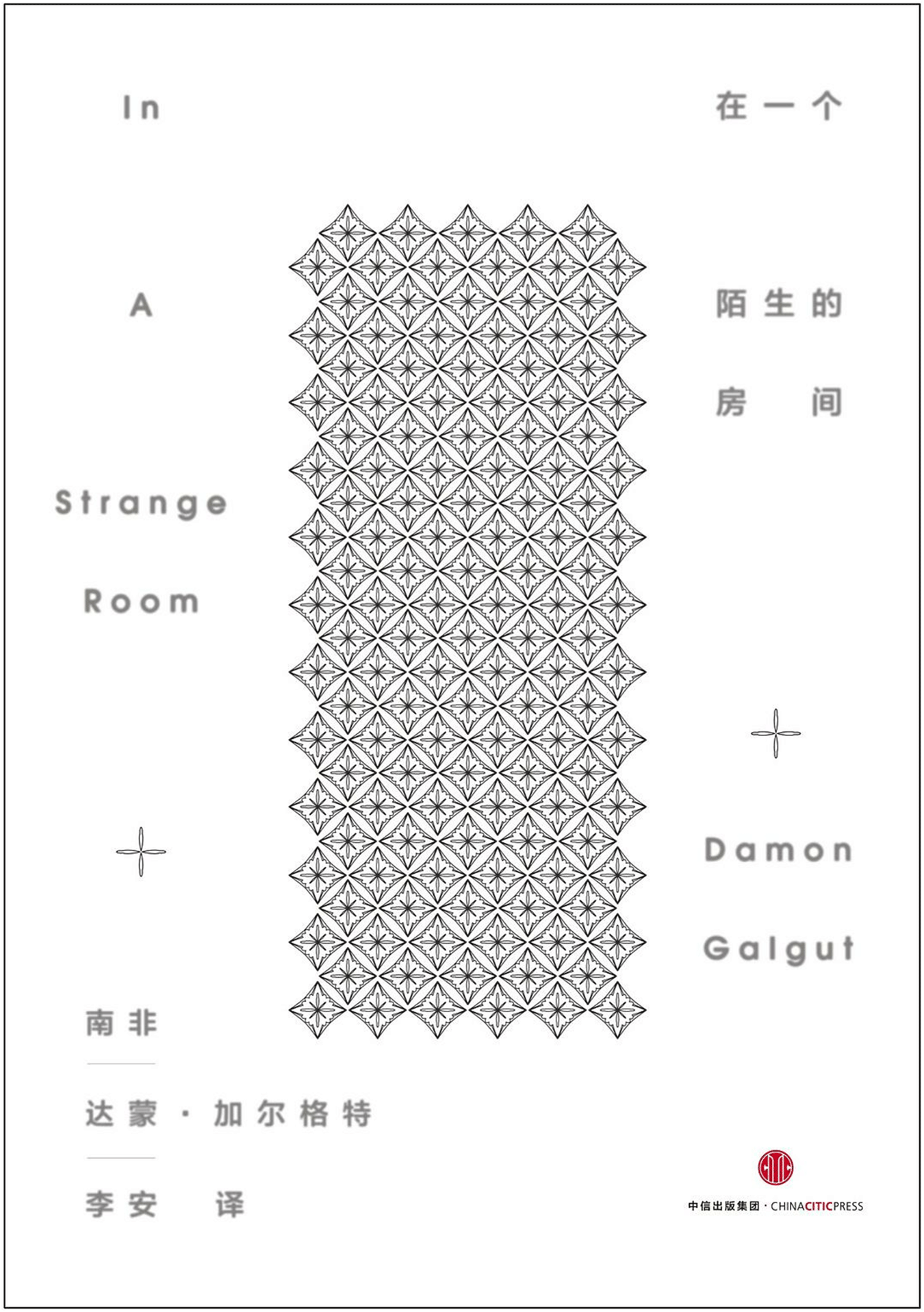
Figure 3c. In a Strange Room 《在一个陌生的房间》Source: https://book.douban.com/subject/26823153/.
Nigeria
Nigeria’s official language is English, and the main national languages are Hausa, Yoruba and Igbo. In the late 1950s, two representative Yoruba writers, Dennis Osadebe (1911–94) and Amos Tutuola (1922–97), emerged and gained international recognition. The University of Ibadan, founded in 1947, has been a decisive driving force in the development of anglophone literature in Nigeria. The Department of English of the University of Ibadan and its student magazine, The Horn, became the training ground for young writers including John Pepper Clark, Christopher Okigbo and Wole Soyinka. Another periodical, Black Orpheus, also provided a platform. These writers were the founding fathers of modern Nigerian anglophone literature. Nigerian literature is very well developed, with a quantity and quality of works renowned in the international literary arena, and has produced one Nobel Prize winner, Wole Soyinka; two Booker Prize winners, Chinua Achebe and Ben Okri; and four Caine Prize for African Writing winners: Helon Habila, Segun Afolabi, E. C. Osondu and Rotimi Babatunde.
Most Chinese studies on Nigerian literature are centred on individual writers or works, with relevant publications scattered in journals or as chapters of monographs.
The History of Nigerian Literature (《尼日利亚文学史》) (Li Reference Li2022), published by Shanghai Foreign Language Education Press, is the first monograph on the history of Nigerian literature in China. It sketches the entire trajectory of Nigerian literature from antiquity to the present, including more than 400 writers and more than 2,900 works and capturing all the constituent elements of Nigerian literature with precision, examining not only written literature, but also oral literary tradition and indigenous literature; it seeks to present a complete and objective picture of Nigerian literature, with not only studies of the four traditional literary genres of poetry, fiction, drama and essays, but also translated literature, academic writing, children’s literature, popular literature and literary criticism, myths and folklore, and even comments on proverbs and aphorisms.
In terms of the Chinese academic papers, representative ones include the following. ‘The exploration of the literary road and the construction of the African dream: textual research on the origin and development of Nigerian anglophone literature’ (Zhu and Han Reference Zhu and Han2017), which narrates that the development of anglophone literature in Nigeria went through four stages: germination, moulding, development and maturity, each producing three generations of writers including Tutuola, Soyinka, Achebe, and Okri, among others. ‘Nigerian anglophone literature in the West: paradigms and hotspots’ (Zhu and Li Reference Zhu and Li2019) states the declaration of Nigeria’s independence in 1960 kicked off the Western study of Nigerian anglophone literature, and for more than half a century, Western scholars studied the works of three generations of Nigerian anglophone writers. In the study of Nigerian anglophone literature in the West, three stages have been experienced, namely, cultural experiential interpretation, diversified exploration of ethnicity, and examination of historical issues. Meanwhile, in the process of deconstructing their literary works, Western scholars are trying to construct a more hybrid postcolonial critical discourse. ‘Approaching African literature: a brief account of Nigerian anglophone literature’ (Du Reference Du2020) sketches the main writers and works of each generation of Nigerian anglophone literature.
So far, three generations of Nigerian writers have attracted Chinese scholars’ attention. Chinua Achebe, ‘Father of modern African literature’, Wole Soyinka, winner of the Nobel Prize in 1986, and Flora Nwapa, ‘Mother of modern African literature’, are the representatives of the first generation of writers; Ben Okri and Buchi Emecheta are representative of the second generation; Chimamanda Ngozi Adiche, as the spokesperson of the new generation, has been widely translated and studied by Chinese scholars.
Chinua Achebe (1930–2013)
Chinua Achebe is best known for his ‘Nigerian Quartet’, which is based on the lives of the Igbo people in Nigeria before and after independence. Things Fall Apart was published in 1958, and to date has sold more than eleven million copies around the world and been translated into more than fifty languages. The other three books are No Longer at Ease (1960), Arrow of God (1964) and A Man of the People (1966). Achebe is also the author of collections of poetry, short stories and children’s books.
Achebe was one of the first African writers to be translated into Chinese. As early as the 1950s and 1960s, Things Fall Apart was translated into Chinese, and later in the 1980s, A Man of the People and Chike and the River also entered Chinese scholars’ vision. Later, No Longer at Ease and Arrow of God were successively translated in China (see Figures 4a–4d). However, Chinese readers were not very familiar with Achebe before the twenty-first century. In the past, Achebe was seldom mentioned in works on the history of world literature or foreign literature, and even if he was mentioned, it was mostly in passing. There are also few academic papers about his work. With the emergence of African literature on to the world stage the translation and study of Achebe has begun to receive more attention and gain more importance.
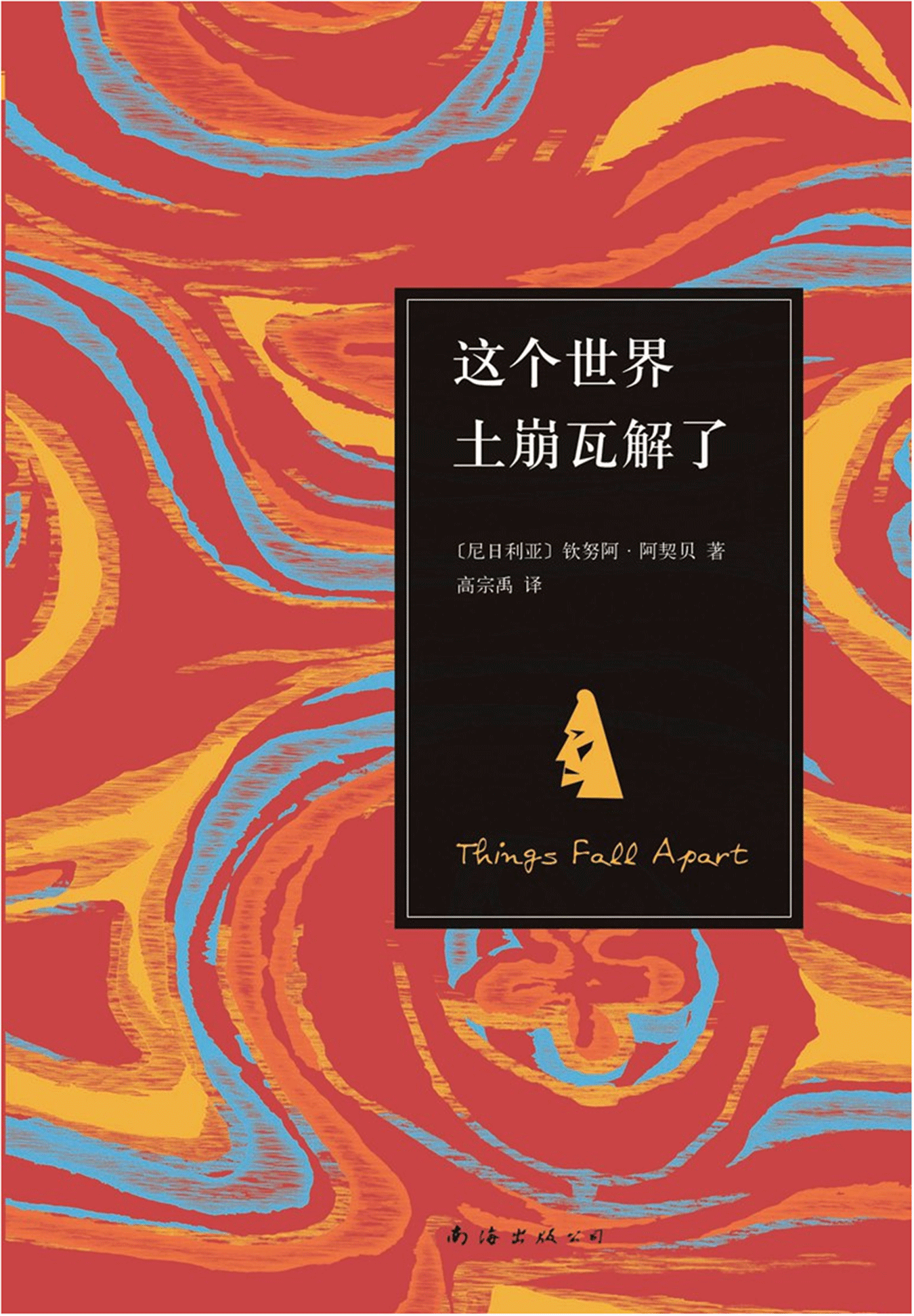
Figure 4a. Things Fall Apart《这个世界土崩瓦解了》Source: https://book.douban.com/subject/25837924/.
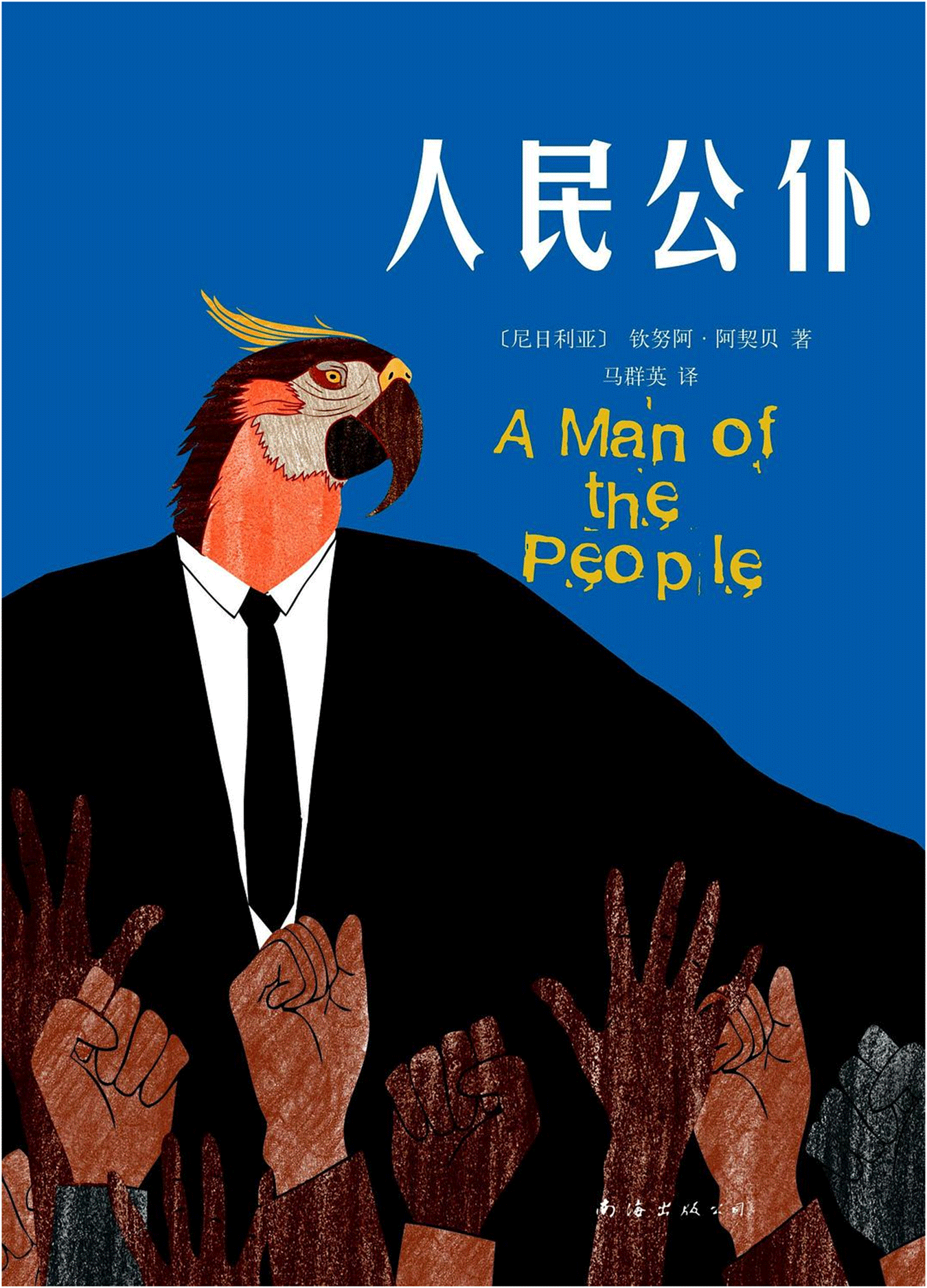
Figure 4b. A Man of the People《人民公仆》 Source: https://book.douban.com/subject/26276283/.
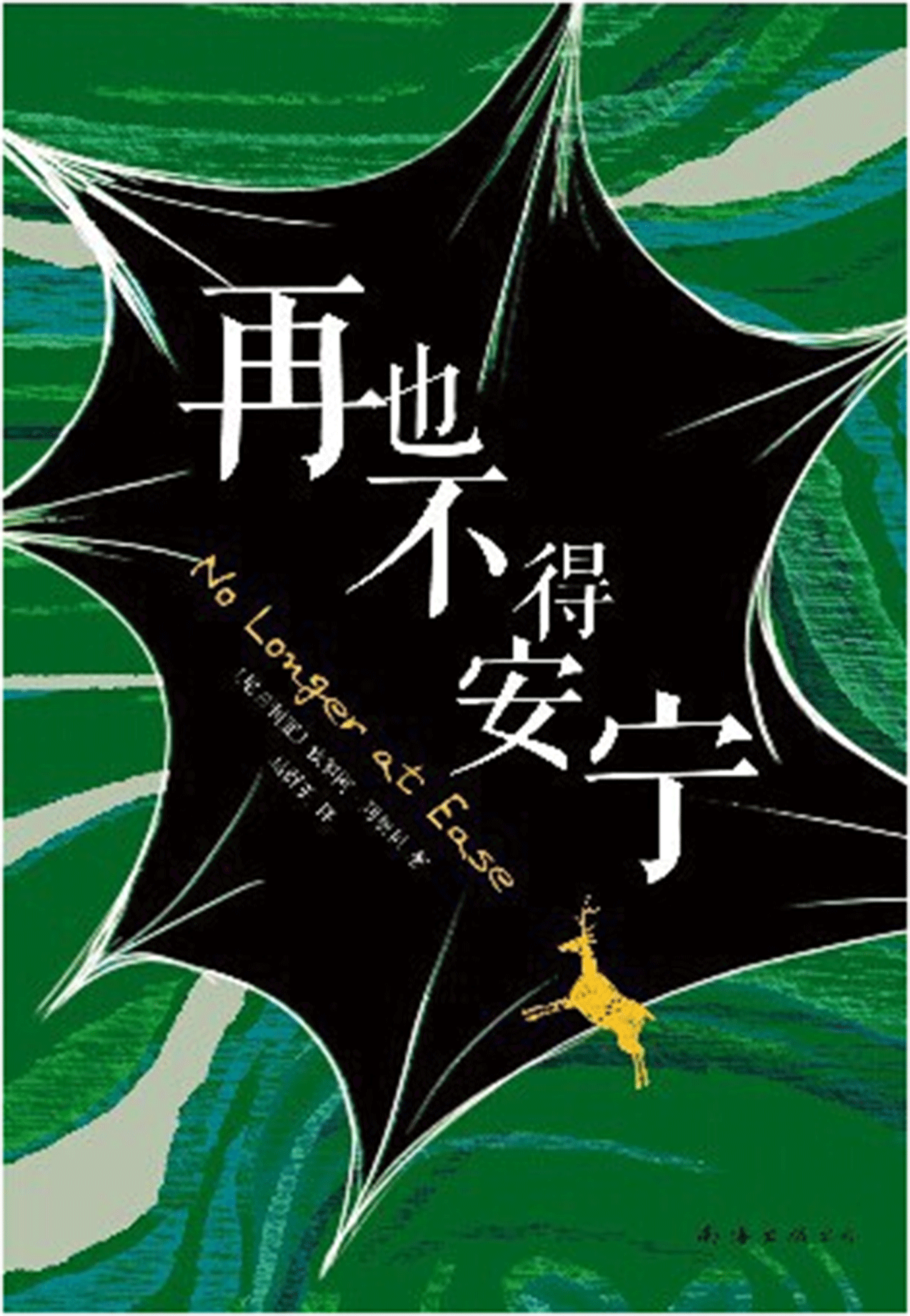
Figure 4c. No Longer at Ease《再也不得安宁》Source: https://book.douban.com/subject/25765030/.
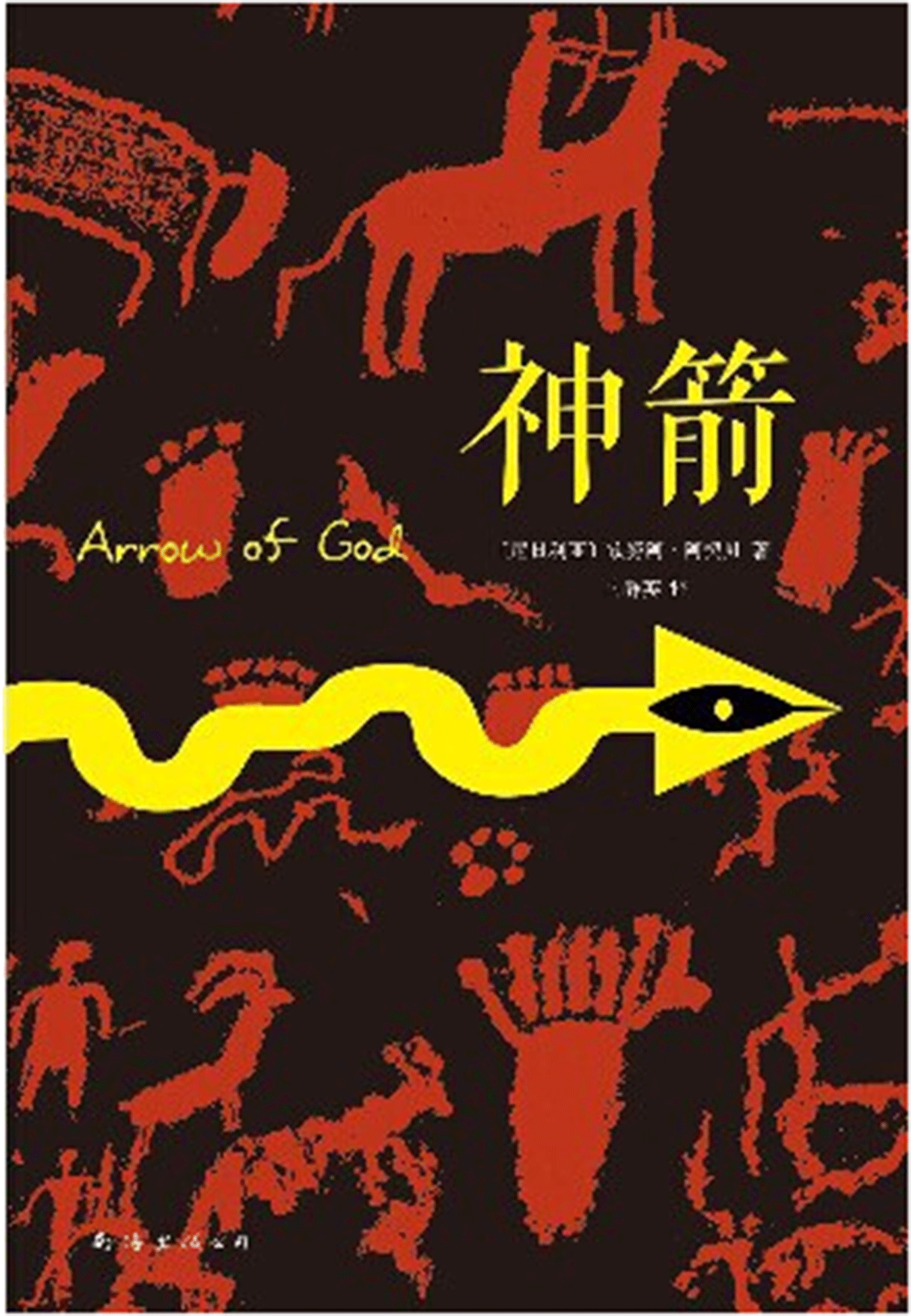
Figure 4d. Arrow of God《神箭》Source: https://book.douban.com/subject/25980899/.
Chinua Achebe, Father of Modern African Literature (《现代非洲文学之父钦努阿·阿契贝》) (Yu, Yang and Liu Reference Yu, Yang and Liu2012) is the only monograph on Achebe.
With regard to the representative academic papers, ‘Achebe’s postcolonial thought and the reconstruction of African literary identity’ (Yao Reference Yao2011) analyses the impact of Achebe’s unique upbringing on the formation of his later colonial thought, pointing out that the writer achieved the effect of dismantling and subverting colonial discourse by strategies such as rewriting and appropriating the language of empire. ‘Achebe and the language controversy in African literature’ (Yao Reference Yao2014) argues that the choice of language of writing has been a subject of long-standing debate in postcolonial African literature; Ngũgĩ holds a certain essentialist view of language dualism, while Achebe tries to deconstruct this stereotypical dualism with a Deleuzian view of language. ‘The translation and introduction of Achebe’s works in China’ (Du Reference Du2015) is a synthesis that chronologically records the process of Achebe’s introduction into China. In 1963, Achebe’s name appeared for the first time in Chinese periodicals, and in the 1980s the number of translations of his works by Chinese scholars gradually increased. Since the new century, translations of his works have increased rapidly and been fruitful.
Flora Nwapa (1931–93)
Flora Nwapa was the first African woman entrepreneur in the publishing industry, establishing Tana Press in 1977, and the first Nigerian woman novelist to be published in English. Writing in the same milieu as Achebe, she addresses issues such as dowry, female circumcision, infidelity, women’s suffering due to infertility, war, education, and the conflict between tradition and innovation. She has written many novels, short stories, children’s books, plays and essays, as well as a book of poetry. Nwapa’s novels function as historical and cultural records, tracing the development of Nigerian women and the redefinition of gender roles from colonial to postcolonial times. Nwapa’s heroines are powerful, multidimensional characters. They possess the power to struggle against colonialism and patriarchy. Efuru (1966), Nwapa’s first novel, is based on an old folktale of a woman chosen by the gods. Idu (1970) centres on a woman whose life is bound up with that of her husband to such an extent that when he dies she seeks him out in the land of the dead. In her later novels, Nwapa continued her compassionate portrayal of women in modern Nigerian society and also wrote about the Biafran conflict. Her sole volume of poetry is Cassava Song and Rice Song (1986). Regrettably, there are no Chinese translations of Nwapa’s works at present, and only a few academic papers.
Ben Okri (1959–)
Raised in the UK and Nigeria, by the age of fourteen, Okri was aware of what writing meant to him and set his life’s course. His experience of African culture as a teenager and the civil war in Nigeria had a profound influence on his later writing career. At twenty-one, he became an international literary sensation with his debut novel Flowers and Shadows. Since then, he has written more than twenty works of fiction, poetry and meditations, among which the Booker prize-winning novel, The Famished Road (1991), is the most famous. The Famished Road is regarded as a classic of magic realism in Africa.
Okri is well known in China, and his translated works include Incidents at the Shrine (1986), Songs of Enchantment (1993), and The Famished Road, with each translated into Chinese respectively in 2013, 2011, and 2003. (Figures 5a–5c)
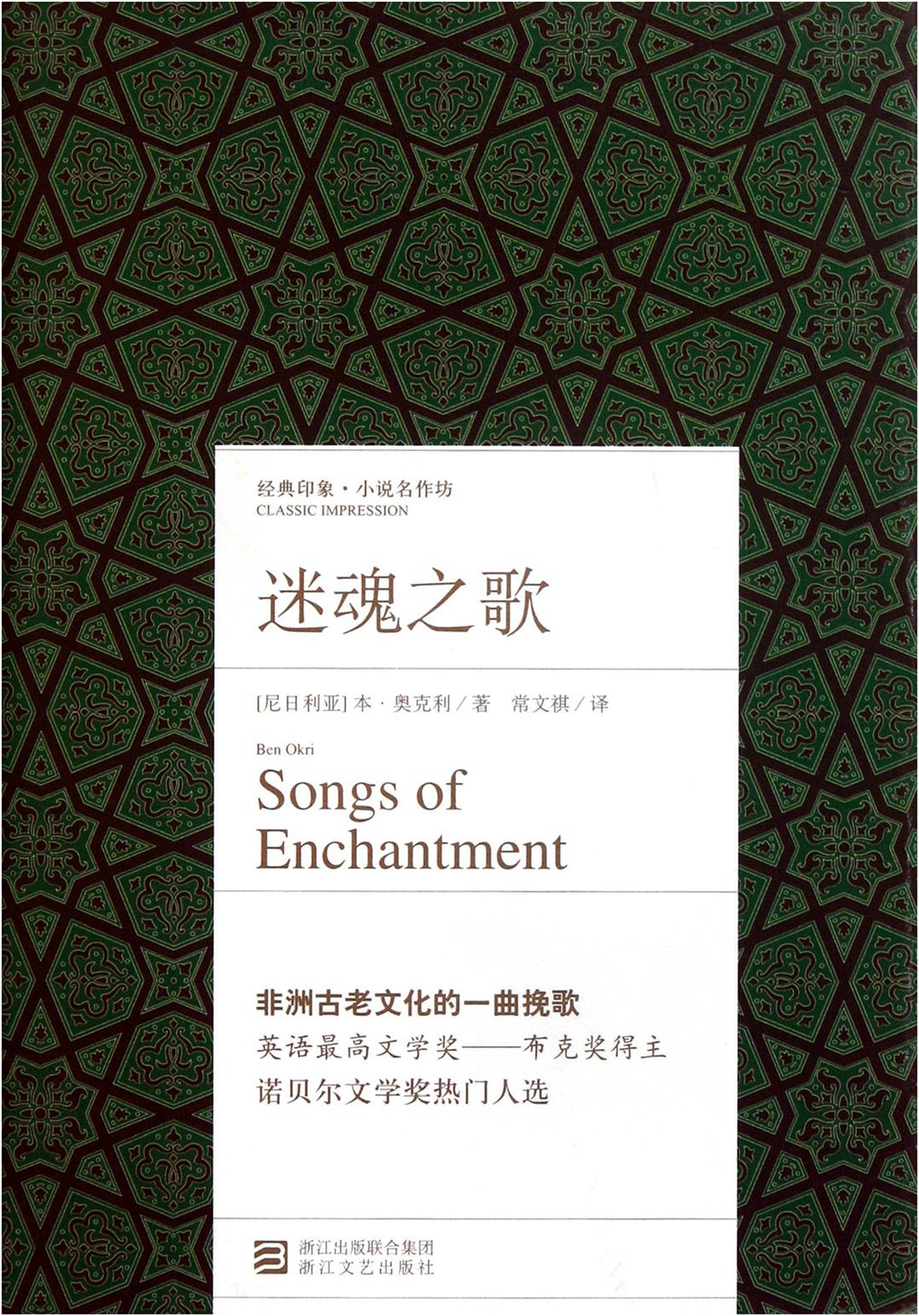
Figure 5a. Songs of Enchantment《迷魂之歌》Source: https://book.douban.com/subject/6560662/.
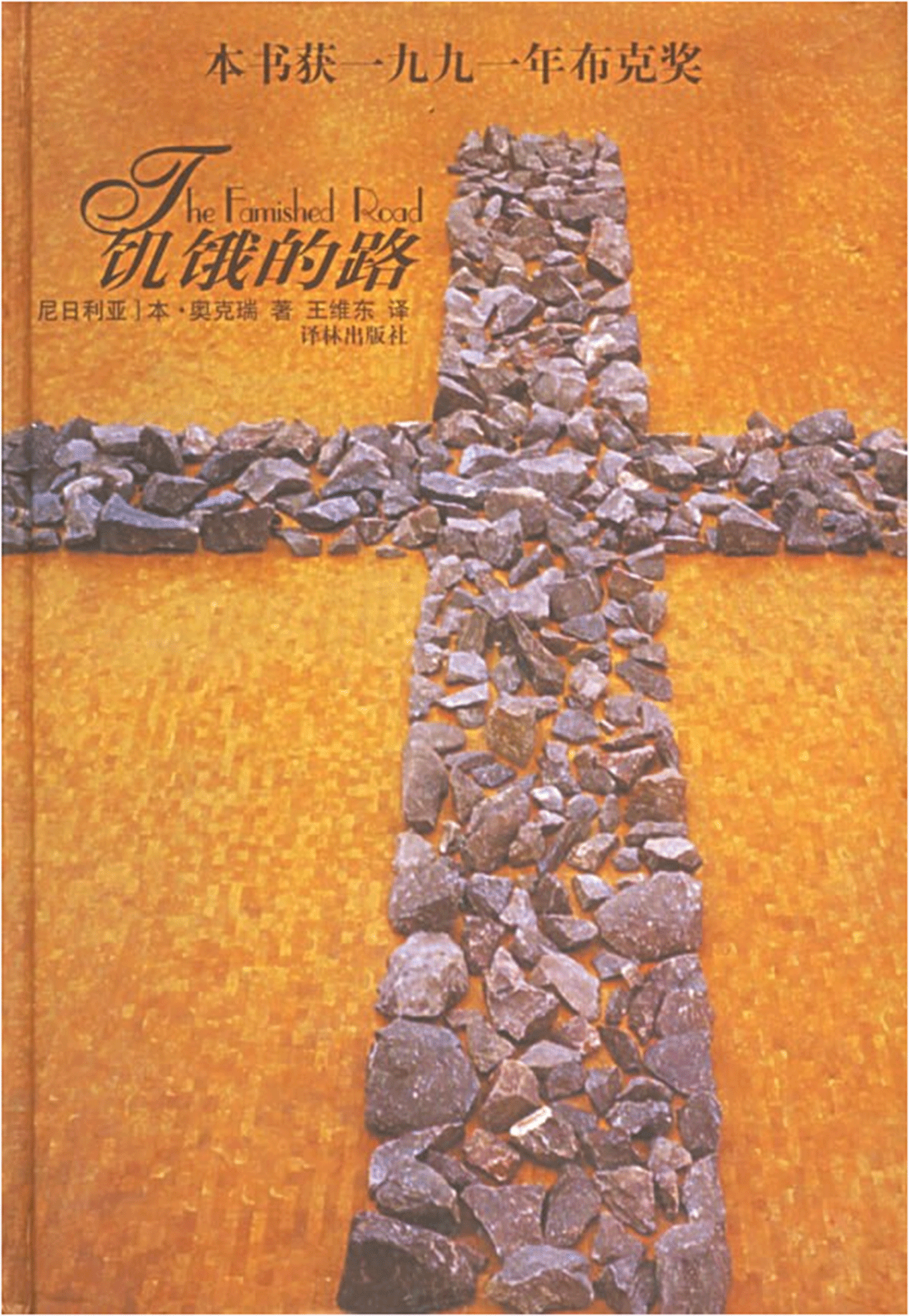
Figure 5b. The Famished Road《饥饿的路》Source: https://book.douban.com/subject/1085583/.
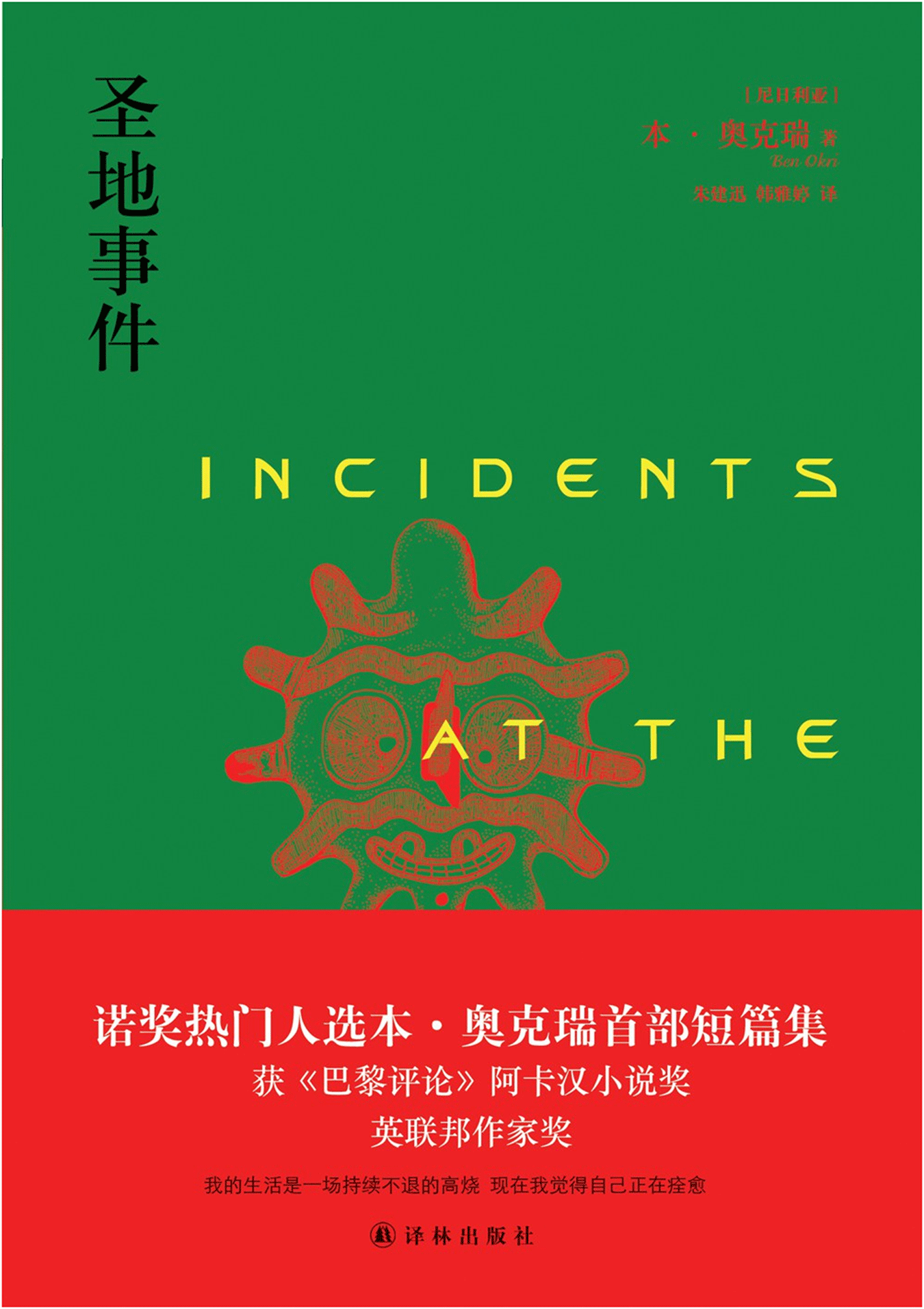
Figure 5c. Incidents at the Shrine《圣地事件》Source: https://book.douban.com/subject/20471624/.
Buchi Emecheta (1944–2017)
Buchi Emecheta was born to Igbo parents in Lagos. She moved to London in 1960, where she worked as a librarian, studied at the University of London, and was for several years a community worker. Much of her fiction has focused on sexual politics and racial prejudice, and is based on her own experiences as both a single parent and a black woman living in Britain. Her first novel, the semi-autobiographical In the Ditch, was published in 1972. Her second novel, Second Class Citizen (1974), provides a fictionalized self-portrait of a poor young Nigerian woman struggling to bring up her children in London. She then began to write about the role of women in Nigerian society, the civil war, and European colonization in Africa. Unfortunately, except for a few articles, Buchi Emecheta has been neglected by the Chinese market and readers, and her works have not yet been translated into Chinese.
Chimamanda Ngozi Adichie (1977–)
Adichie has published three novels, Purple Hibiscus (2003), Half of a Yellow Sun (2006) and Americanah (2013), all of them much acclaimed. Purple Hibiscus won the Commonwealth Book Prize in 2017 for best new novel; Half of a Yellow Sun won the Orange Broadband Prize for Fiction in 2007 and the Italian Nonino International Literature Prize in 2009; Americanah was listed among the Ten Best Books of 2013 by the New York Times, and won plaudits from the Washington Post, the Chicago Tribune and other newspapers.
In addition, she has published one short story collection and three essay collections. In 2015, TIME magazine named Adichie among ‘The 100 most influential people’; in 2017; Fortune magazine named Adichie amongst ‘The 50 Greatest Leaders in the World’. Compared with other African writers, translation of and research on Adichie’s works in China is well covered, with all of her works having been translated into Chinese, including the recent, Notes on Grief (translated by Jiang Yi and published by Yilin Press in 2024) (Figures 6a–6d). This coverage is undoubtedly related to her awards in the Western world and the profit considerations of the publishing house.
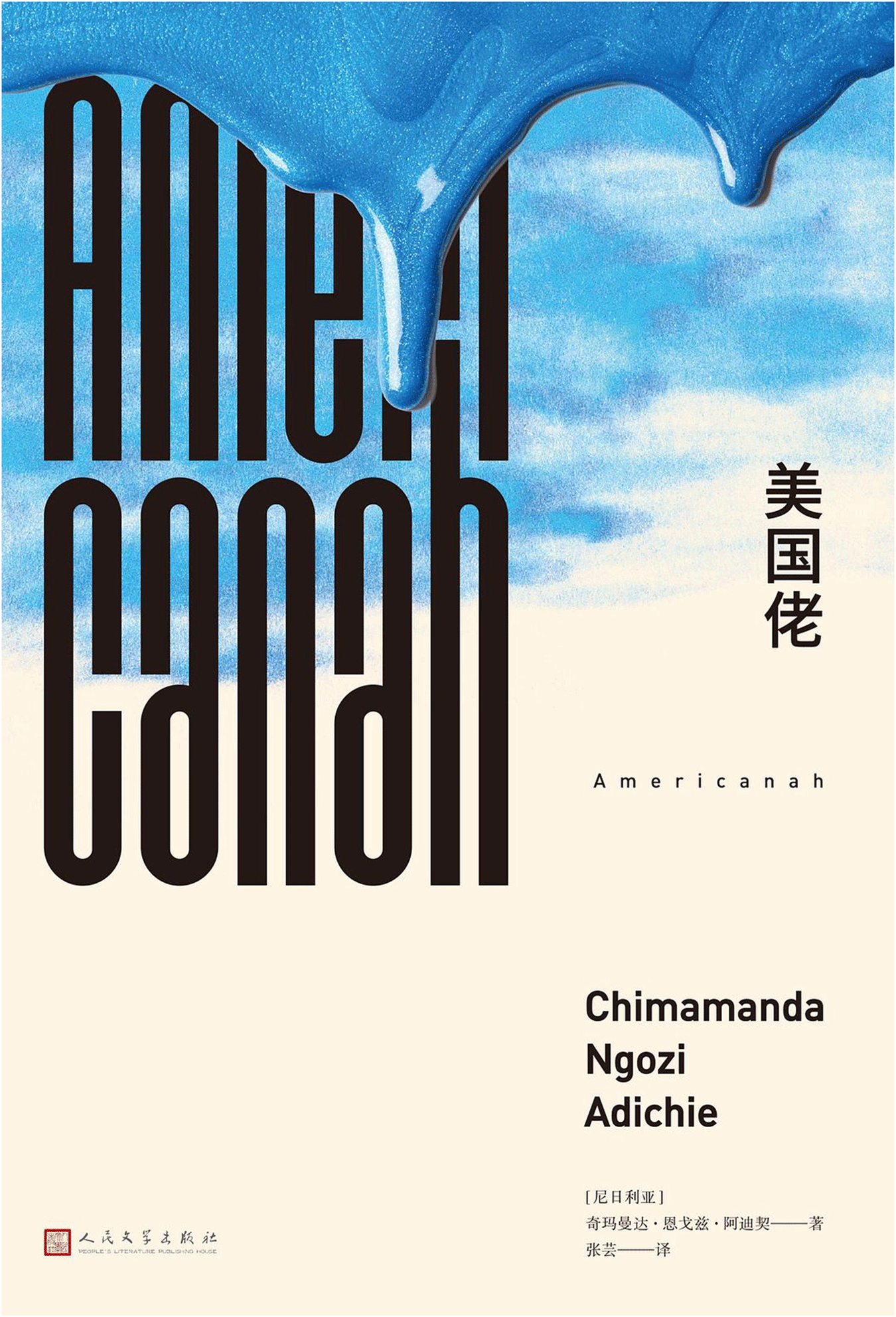
Figure 6a. Americanah 《美国佬》Source: https://book.douban.com/subject/27600034/.
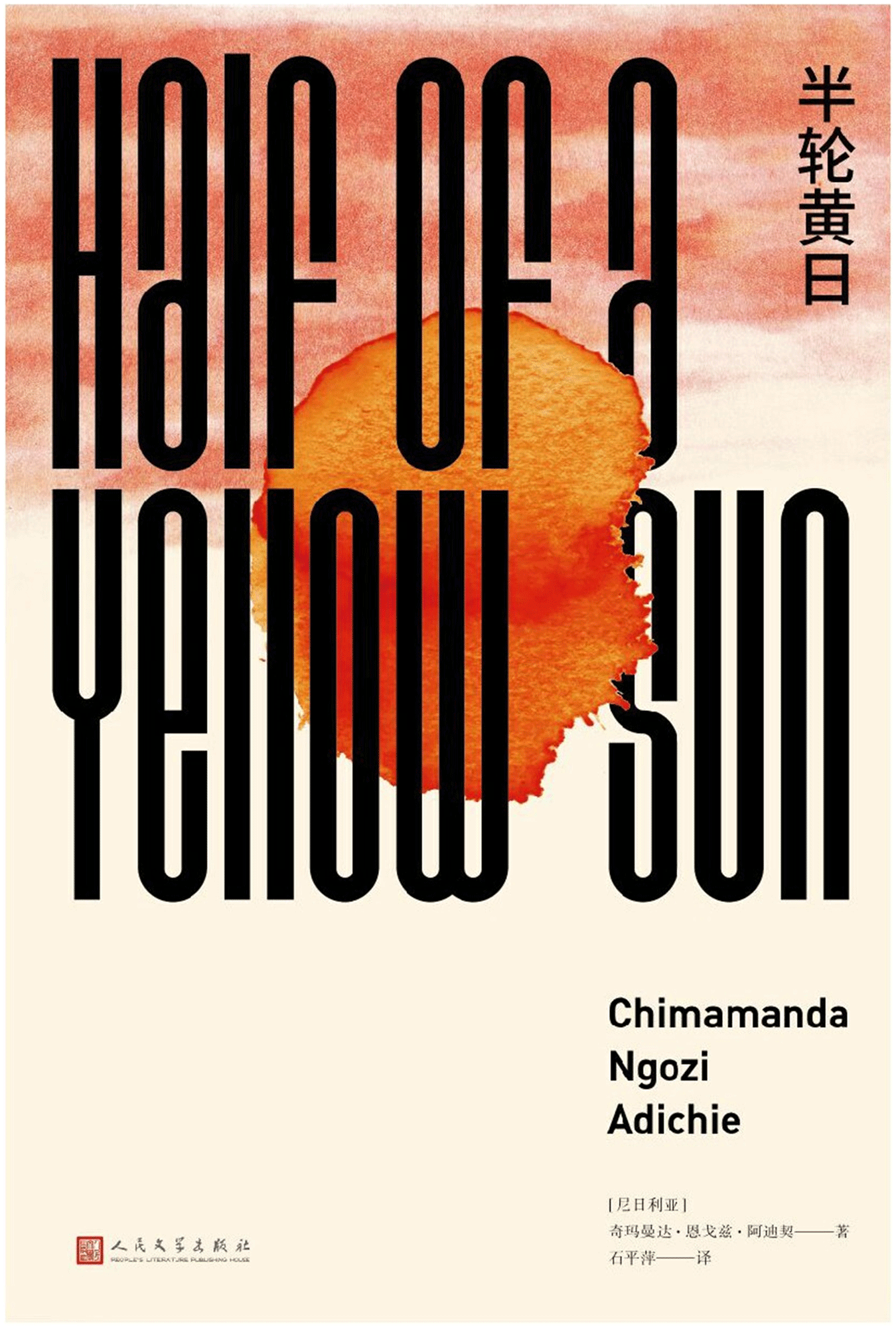
Figure 6b. Half of a Yellow Sun 《半轮黄日》Source: https://book.douban.com/subject/27155872/.
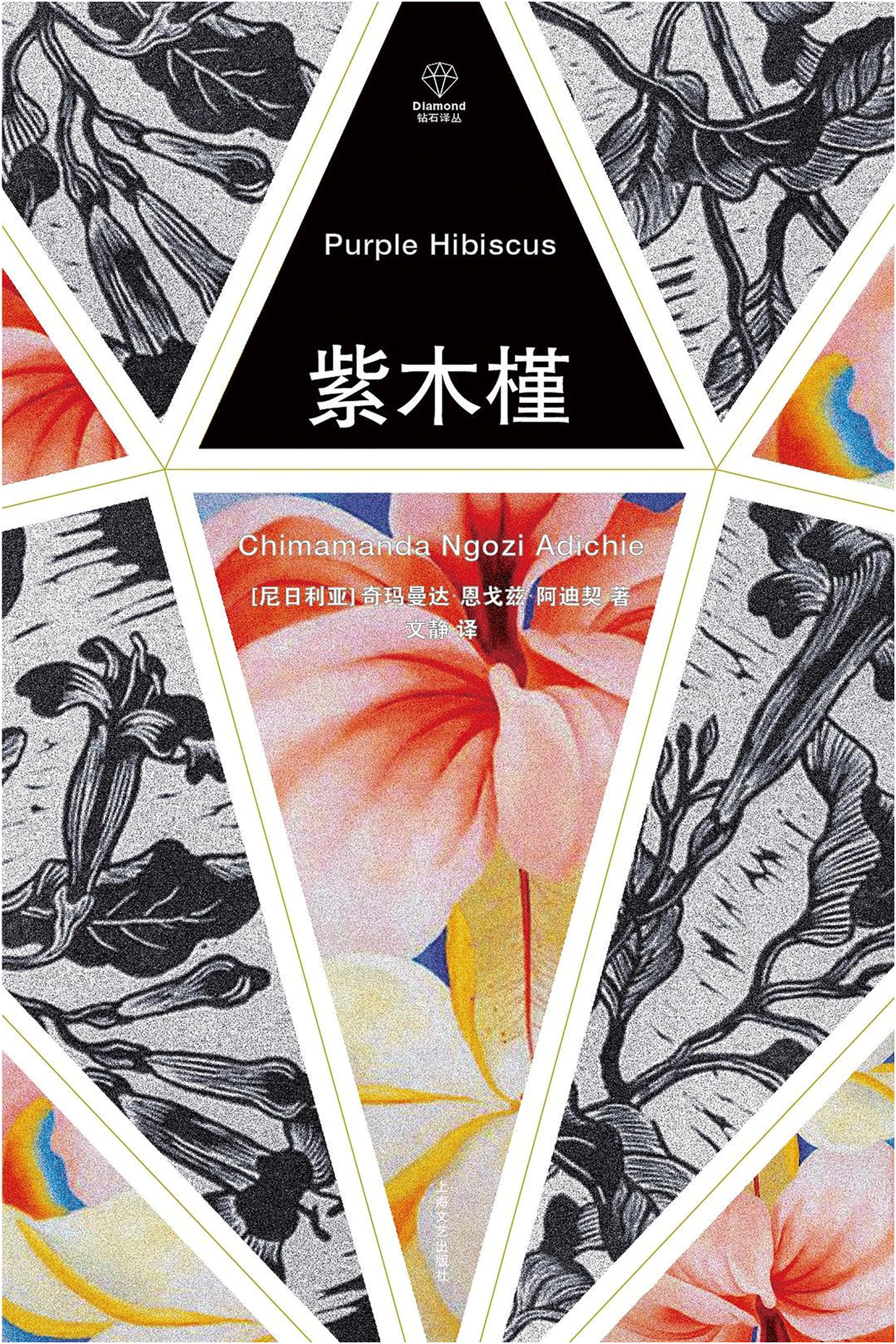
Figure 6c. Purple Hibiscus《紫木槿》Source: https://book.douban.com/subject/26841484/.
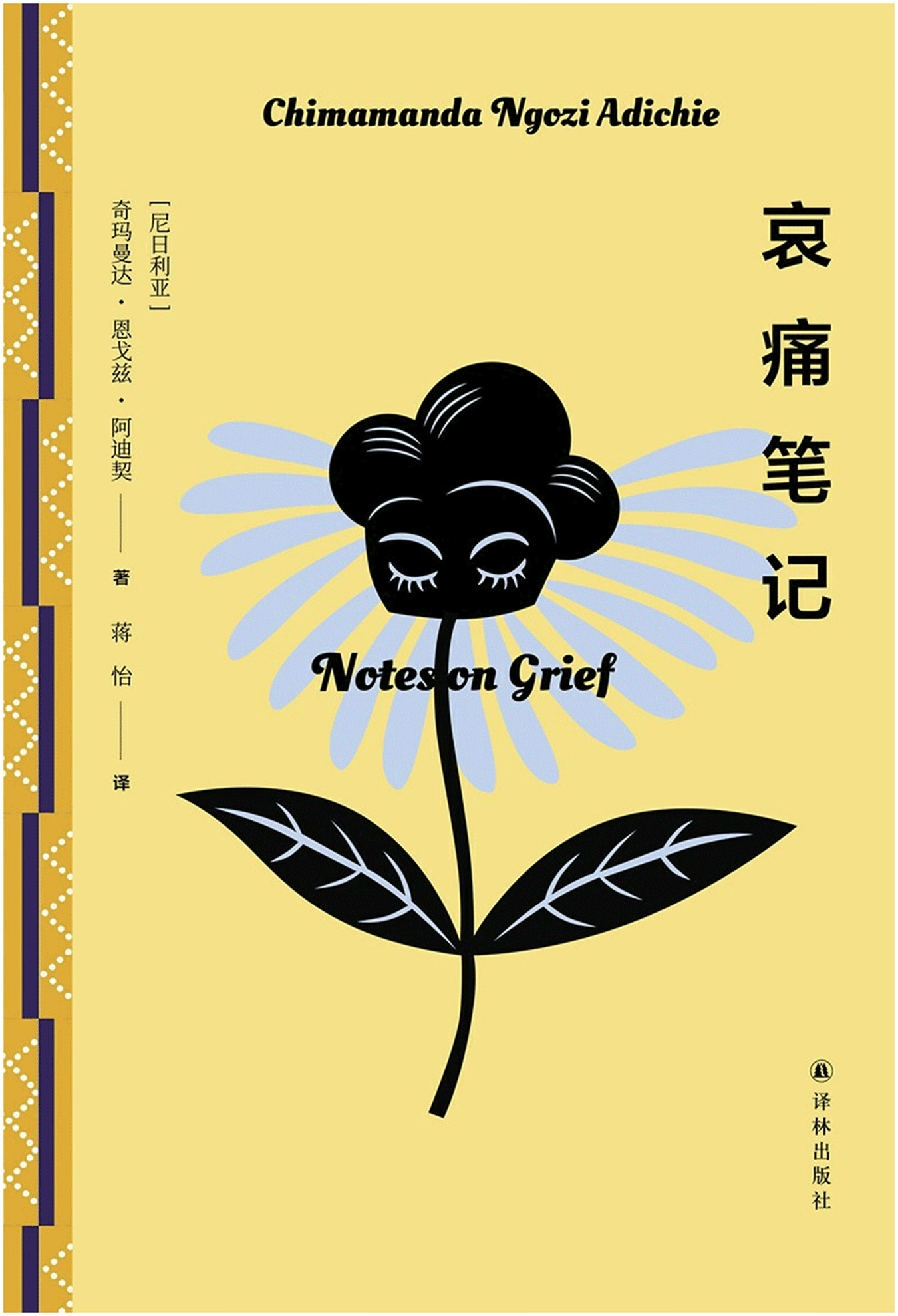
Figure 6d. Notes on Grief《哀痛笔记》Source: https://book.douban.com/subject/36601828/.
Other Nigerian writers that have made their way into the Chinese market and to Chinese readers include Uwan Akpan: Say You’re One of Them, translated by Lu Xiangru in 2010; Chigozie Obioma: An Orchestra of Minorities, translated by Chen Chao in 2021, and The Fishermen, translated by Wu Xiaozhen in 2016; Igoni Barrett: Black Ass, translated by Yang Weidong in 2017; Ngozi Okonjo-Iweala: Fighting Corruption Is Dangerous, translated by Xiu Yuan in 2020; and Oyinkan Braithwaite: My Sister, the Serial Killer, translated by Huang Xiaoxiao in 2020.
Representative academic papers on other Nigerian writers include ‘A new thesis on the themes of The Palm-Wine Drinkard and My Life in the Bush of Ghosts’ (Zhang Reference Zhang2020); ‘Femi Osofisan’s postcolonial dramatic strategy: Once Upon Four Robbers and beyond’ (Huang and Yang Reference Huang and Yang2020) and ‘West African development drama: the art of self-determination for the masses’ (Huang Reference Huang2022).
Kenya
Unlike Swahili literature, which has a long tradition, East African anglophone literature did not appear until the 1930s and 1940s. The earliest English writing in Kenya consisted of some ethnic history and autobiography, including Jomo Kenyatta’s Facing Mount Kenya (1938) (Figure 7), an anthropological account of traditional life and culture among Gikuyu. The publication of Transition, East Africa’s first literary magazine in Kampala, in 1962 initiated anglophone literature and in many ways shaped it. In 1967 another literary magazine, Zuka, appeared in Nairobi, Kenya.
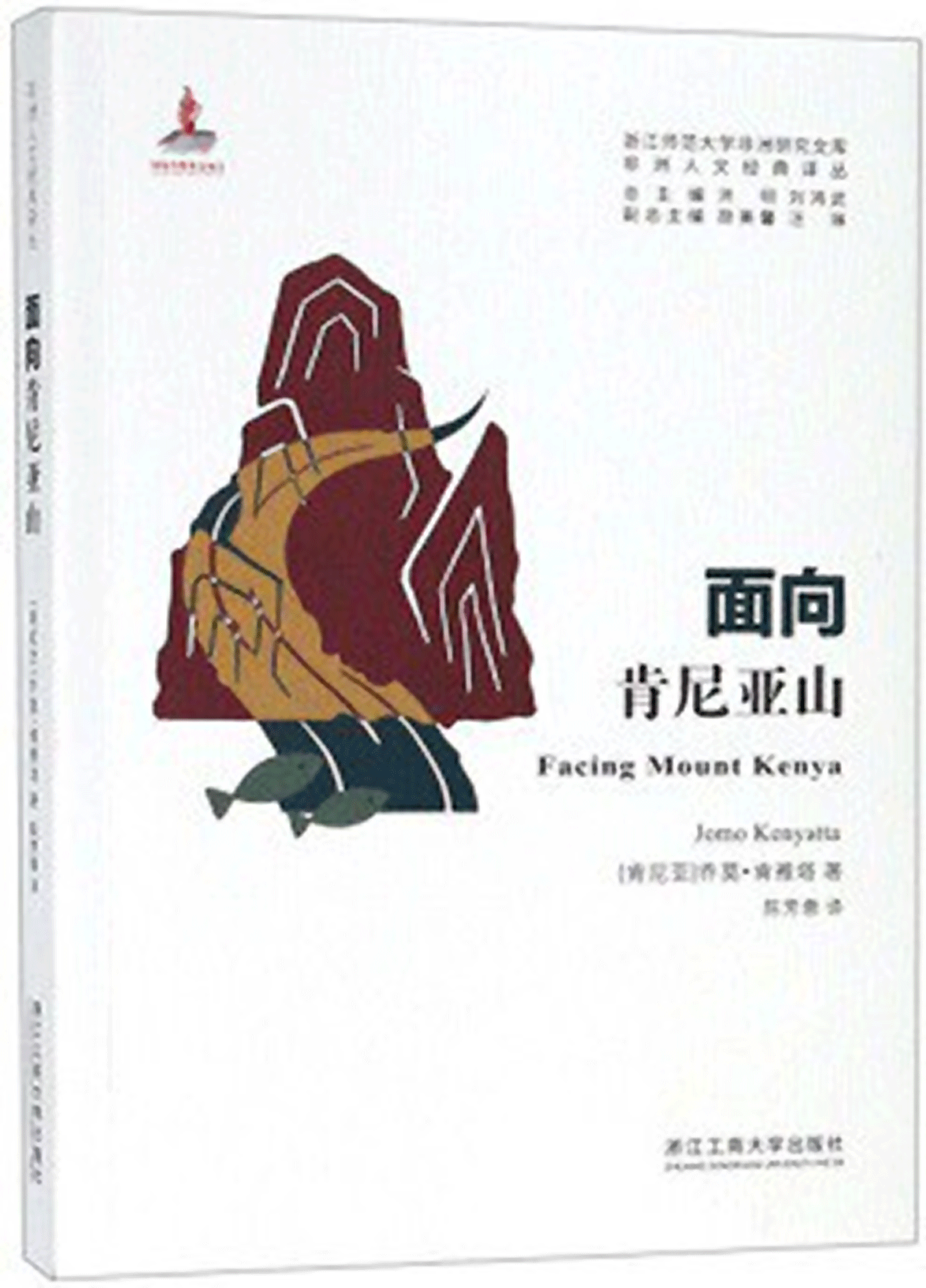
Figure 7. Facing Mount Kenya《面向肯尼亚山》Source: https://book.douban.com/subject/30293664/.
Representative academic papers on Kenyan literature include ‘Kenyan literature and its translation in China’ (Wang and Wang Reference Wang and Wang2016), which sets out the status quo of Kenyan literature in China. Kenyan literature mainly consists of five languages, English, Kiswahili, Kikamba, Gikuyu and Luo, with anglophone literature being an important part that began in the 1930s and 1940s, reached its maturity in the 1950s and 1960s, and boomed in the 1970s and 1980s. In the late 1950s, Kenyan literature formally entered China, after which it stagnated, and it was not until the early 1980s that new translations appeared, mainly focusing on the works of Ngũgĩ wa Thiong’o. ‘The rise of the heart of Africa: the road to anglophone literature in Kenya’ (Zhu and Lu Reference Zhu and Lu2019) points out that the anglophone literature of Kenya has long been neglected by Chinese academics. In fact, Kenyan anglophone literature is rooted in diverse oral literatures in African languages and cultures and has developed a unique literary form by absorbing the excellent literary experience of the West.
Kenyan anglophone literature has also produced several generations of writers. The first generation is represented by Ngũgĩ wa Thiong’o and Grace Ogot who emerged in the 1950s and 1960s. Thereafter the Kenyan economy boomed, the level of education improved, and a new generation of writers included four winners of the Caine Prize, Binyavanga Wainaina (2002), Yvonne Adhiambo Owuor (2003), Okwiri Oduor (2014) and Makena Onjerika (2018).
Ngũgĩ wa Thiong’o (1938–)
Ngũgĩ is a very revolutionary African writer, he pioneered the publication of Gikuyu novels in Kenya. Ngũgĩ’s early work, Weep Not, Child, published in 1963, was the first English novel written and published by an East African author, and later he published several other English novels. Language has been a major concern for Ngũgĩ’s writing and thinking; since he announced his return to writing in his ethnic language Gikuyu in early 1970s, he has been committed to the development and flourishing of Gikuyu literature, and published the first modern Gikuyu novel, Devil on the Cross. The success of another Gikuyu novel, Wizard of the Crow, proves that African languages are capable of telling any stories. Regrettably, China has not trained Gikuyu language learners, hence most of Ngũgĩ’s Gikuyu novels are translated into Chinese from the English rather than the original Gikuyu.
In 1983, the Foreign Literature Publishing House published Selected Contemporary African Short Stories and Novellas, among them Ngũgĩ’s short story, Wedding at the Cross (translated by Lu Yurong). Since then, the Foreign Literature Press has published three more translations of Ngũgĩ’s novellas, including Weep Not, Child (1984, translated by Cai Linxiang), A Grain of Wheat (1984, translated by Yang Mingqiu and others) and The River Between (1986, translated by Cai Linxiang) (Figures 8a–8e). In the new century, Ngũgĩ’s novels were translated and published by the People’s Literature Publishing House. In June 2021, People’s Literature published the collected works of Ngũgĩ wa Thiong’o, including Dreams in a Time of War, In the House of the Interpreter, Birth of a Dream Weaver: a writer’s awakening, Devil on the Cross, Petals of Blood, and Wizard of the Crow (see Figures 9a–9e). In addition, some chapters and excerpts of his critical essays are included and translated into Chinese from the English in African Literature: an anthology of criticism and theory (Olaniyo and Quayson Reference Olaniyo and Feng2020).
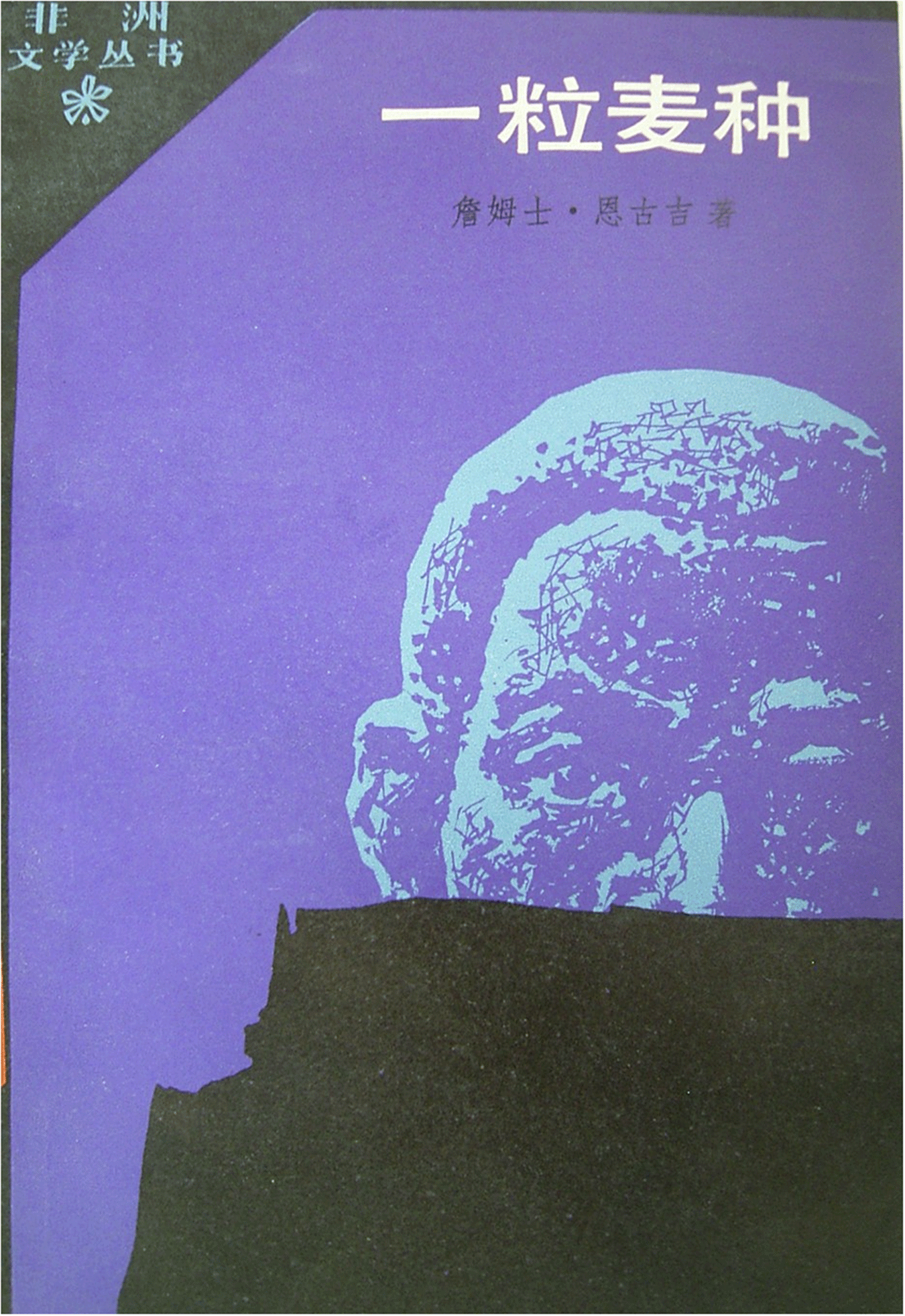
Figure 8b. A Grain of Wheat《一粒麦种》2 Source: https://book.douban.com/subject/2140969/.
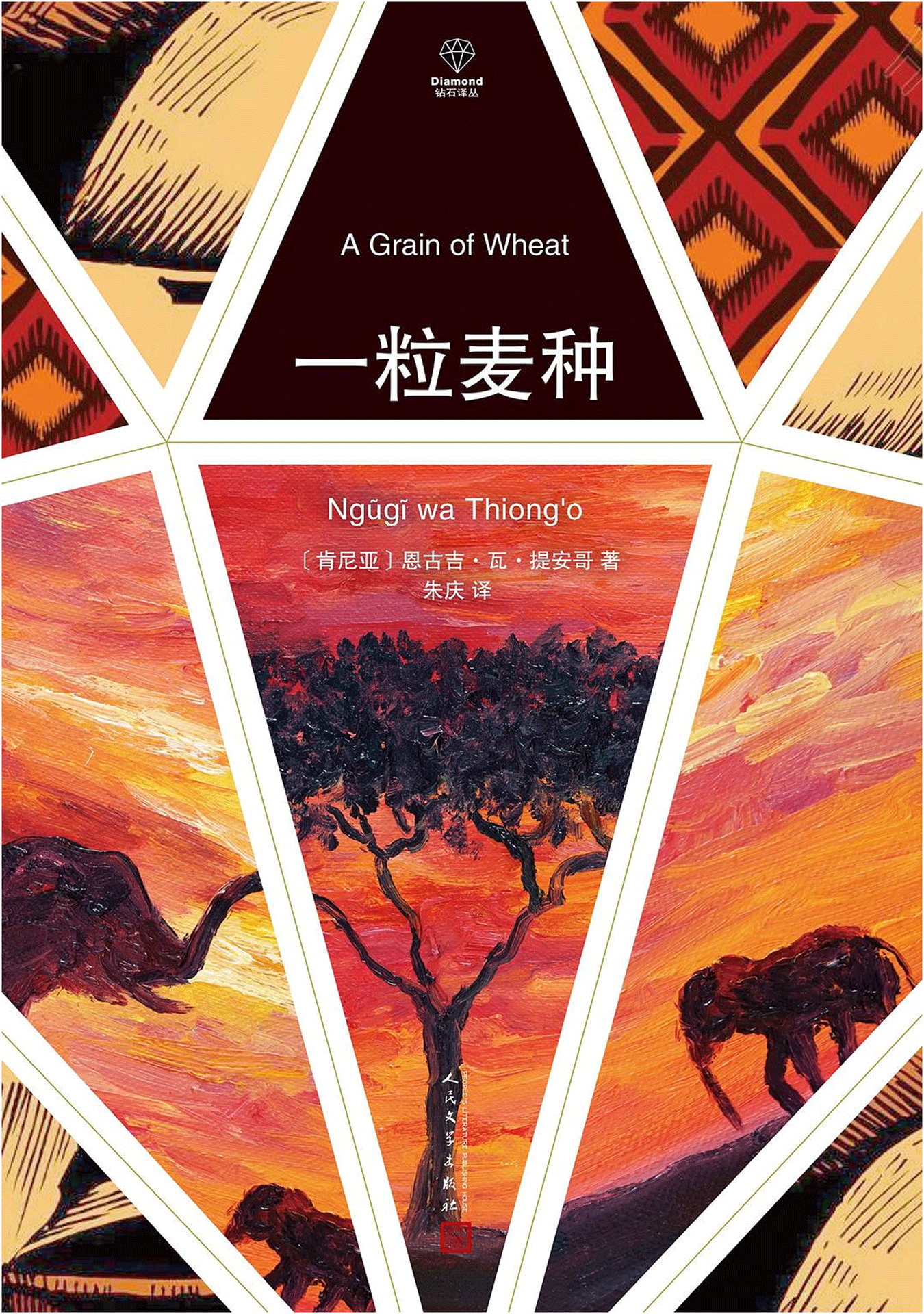
Figure 8c. A Grain of Wheat《一粒麦种》3 Source: https://book.douban.com/subject/30247383/.
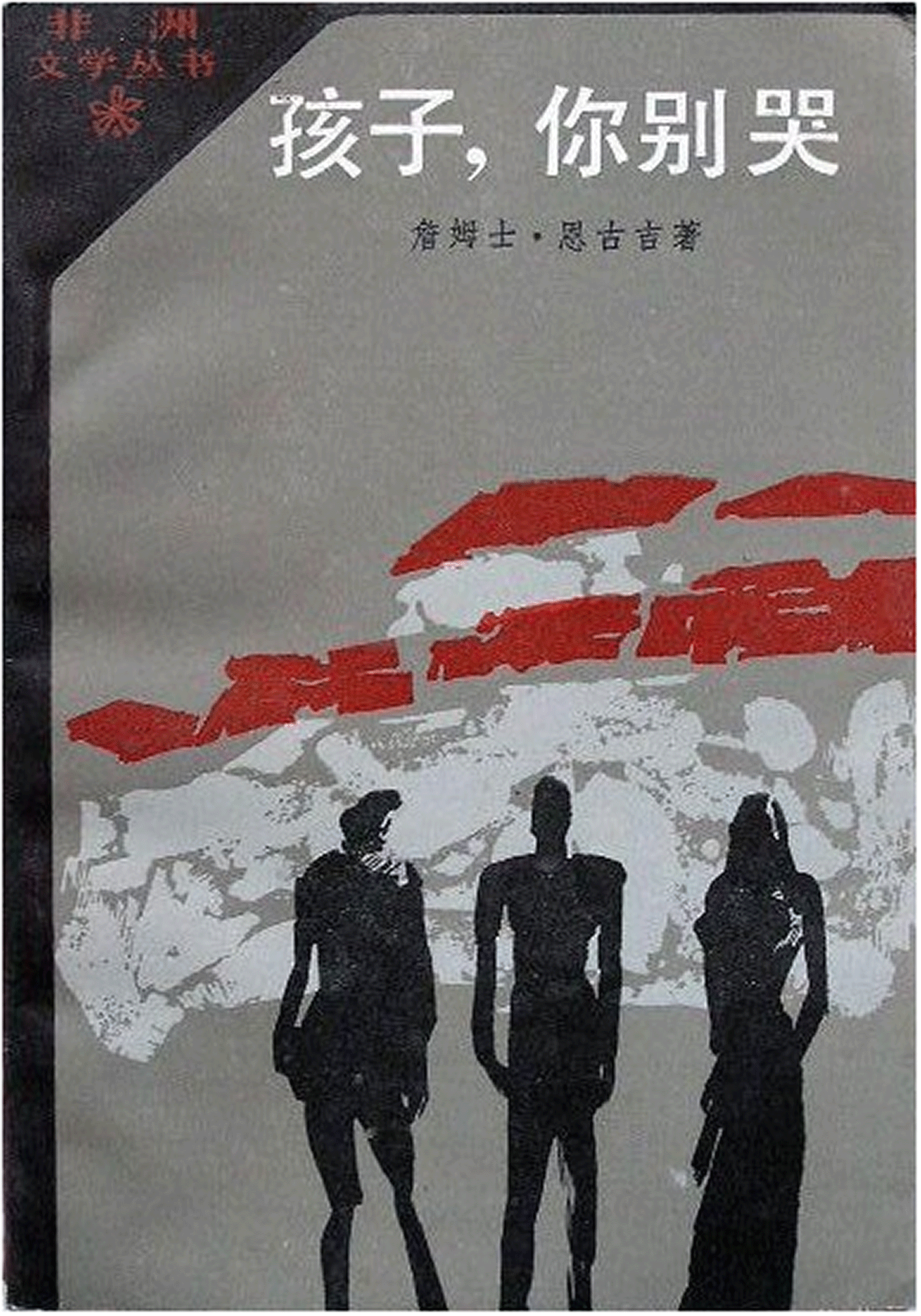
Figure 8d. Weep Not, Child《孩子,你别哭》Source: https://book.douban.com/subject/2374990/.
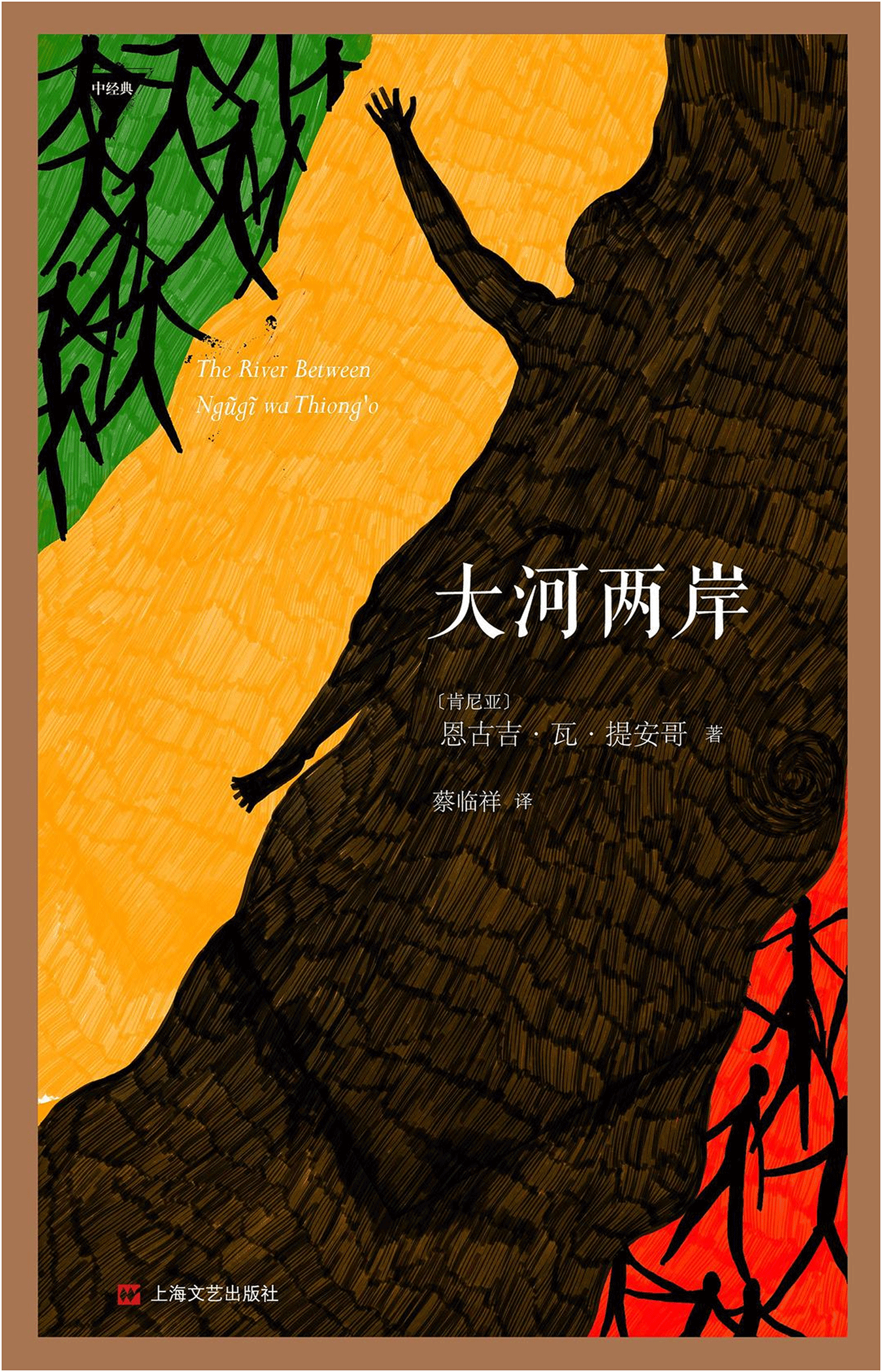
Figure 8e. The River Between 《大河两岸》Source: https://book.douban.com/subject/26426579/.
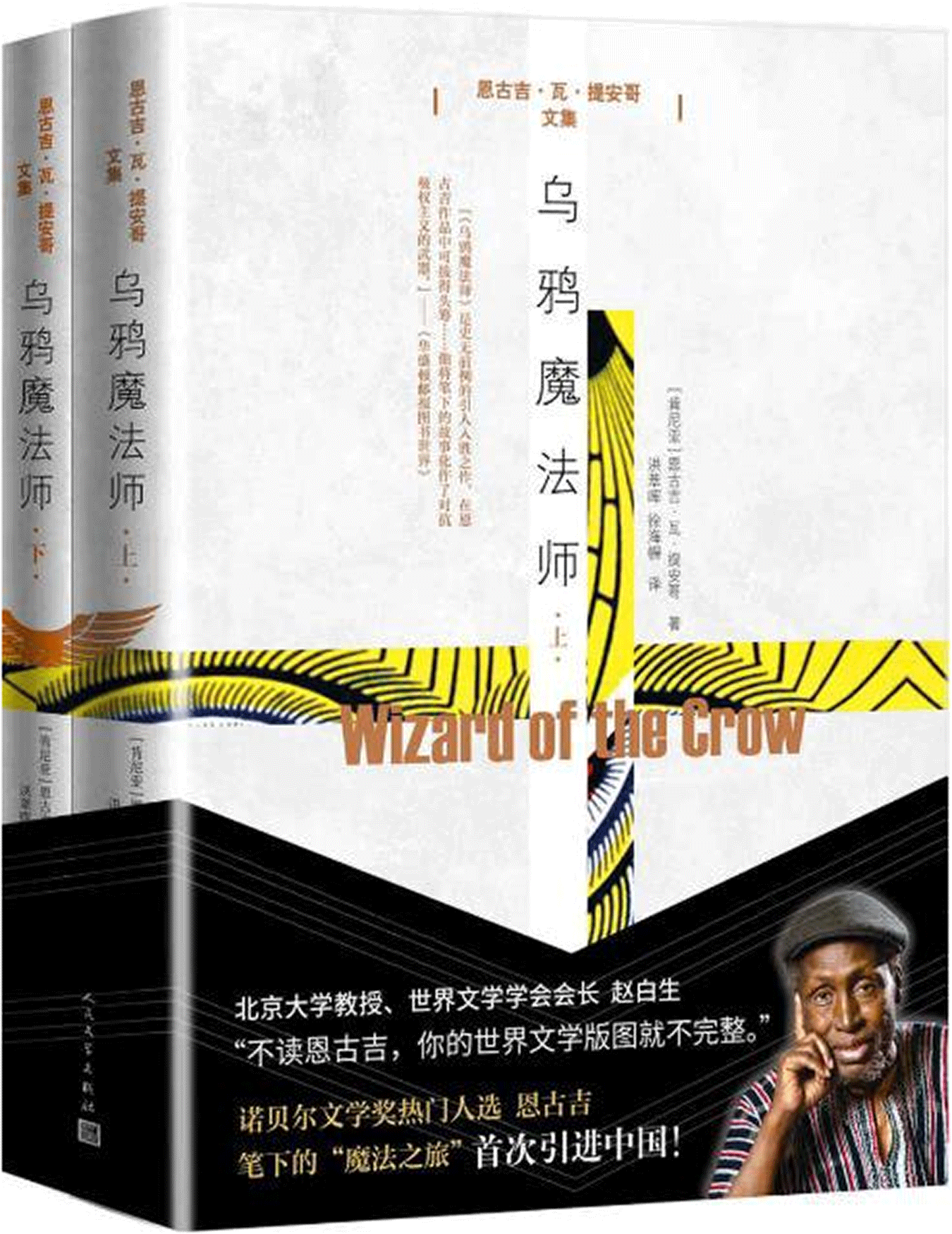
Figure 9a. Wizard of the Crow《乌鸦魔法师》Source: https://book.douban.com/subject/26916724/.
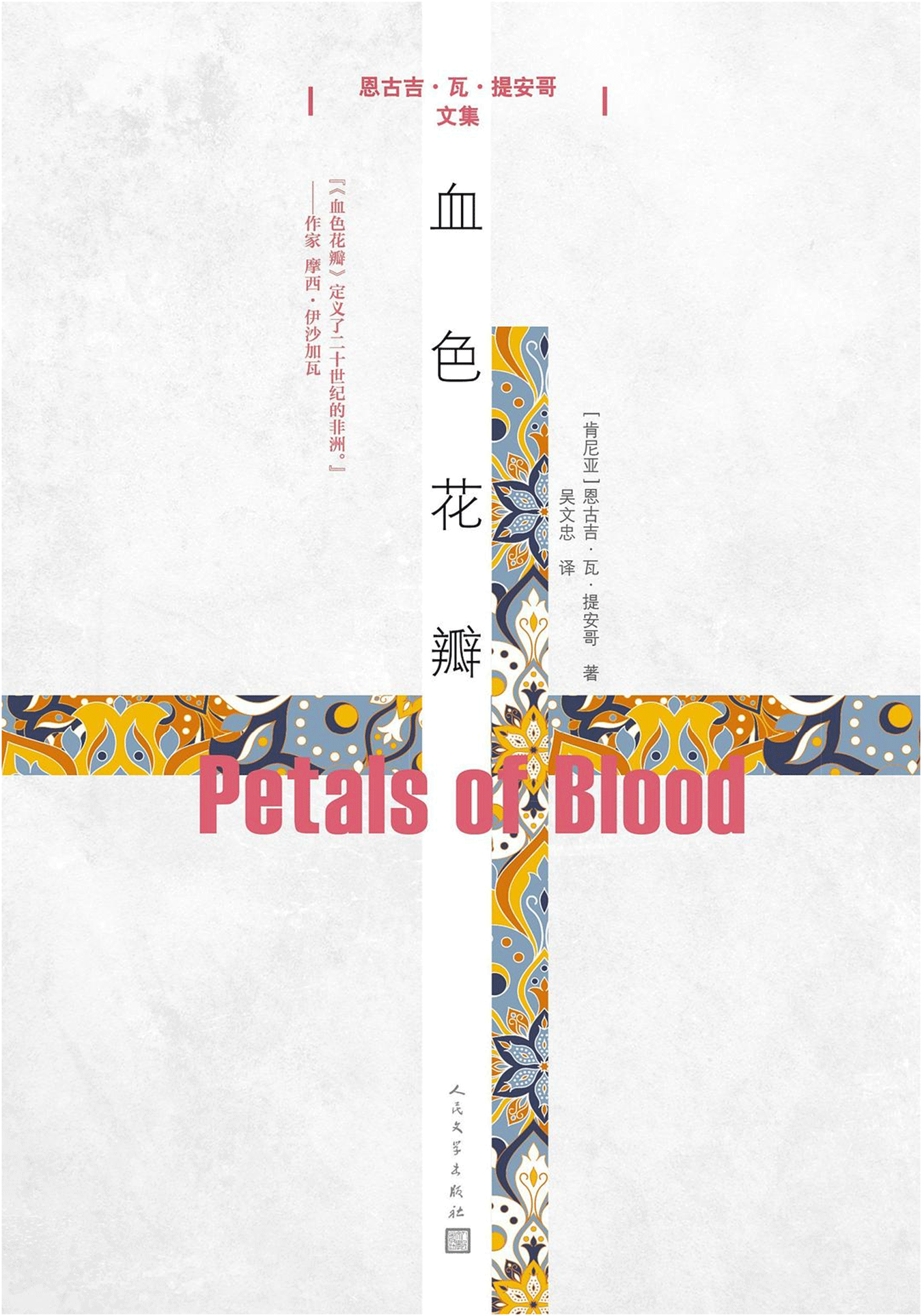
Figure 9b. Petals of Blood《血色花瓣》Source: https://book.douban.com/subject/26896534/.
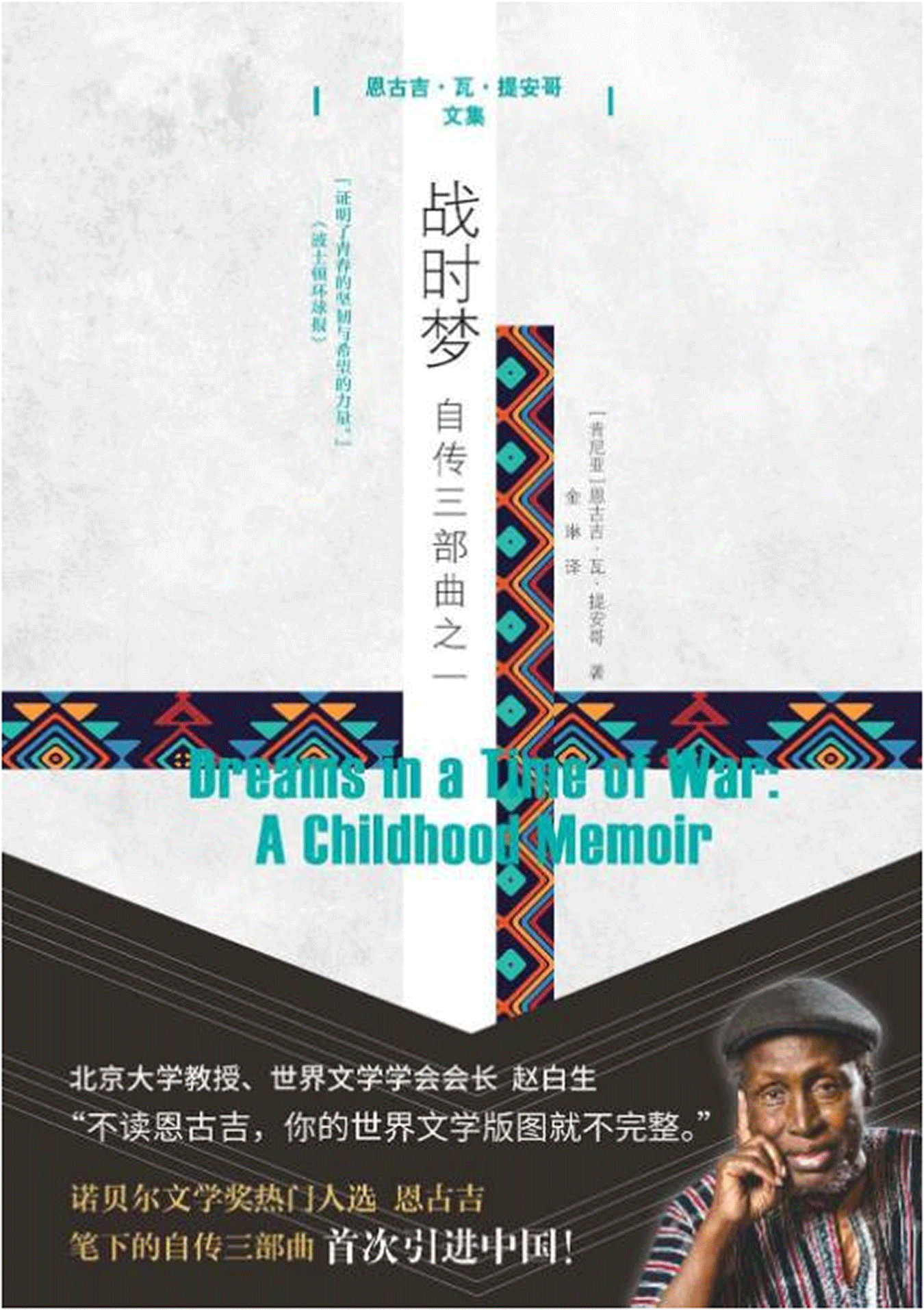
Figure 9c. Dreams in a Time of War《战时梦》Source: https://book.douban.com/subject/26896531/.
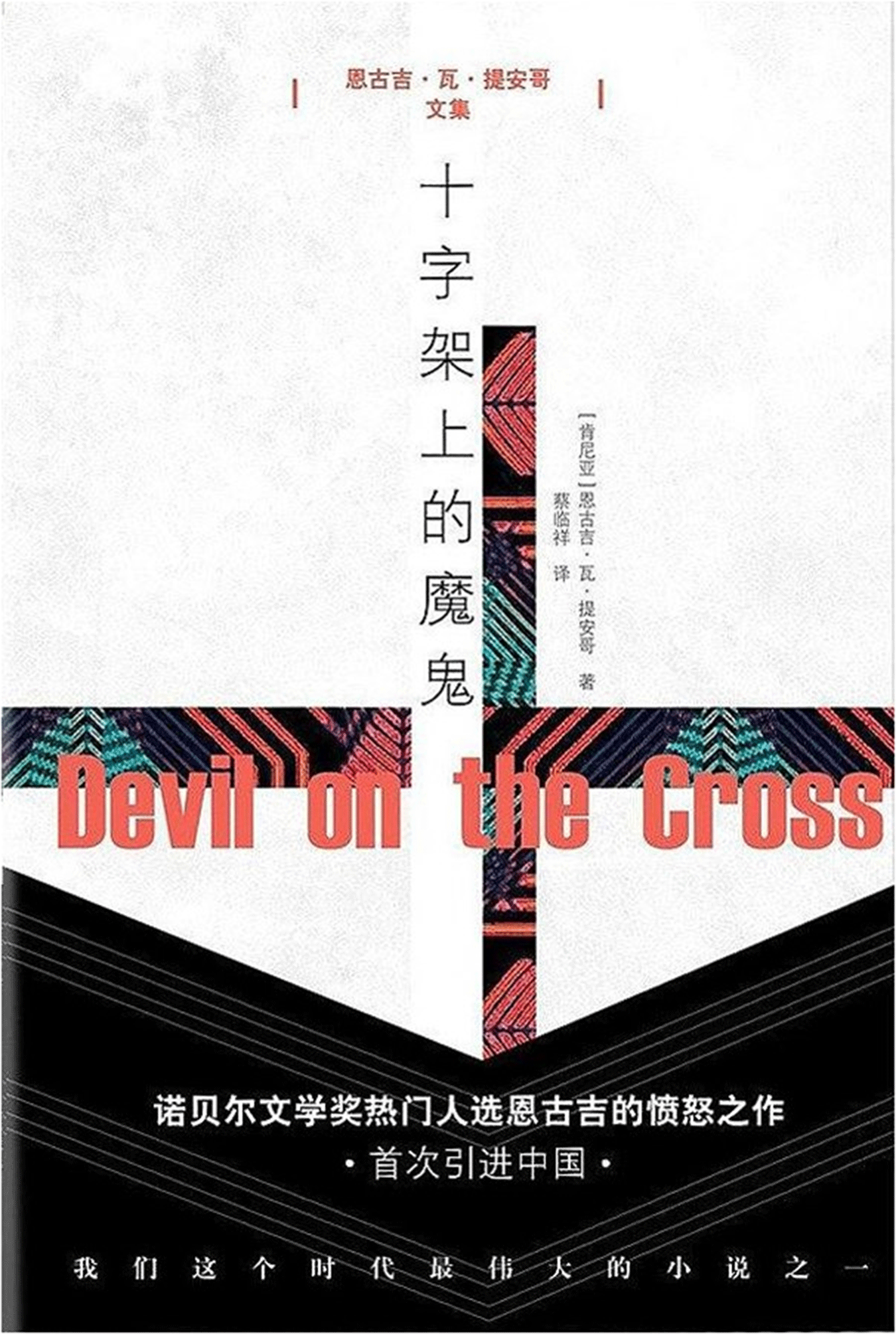
Figure 9d. Devil on the Cross《十字架上的魔鬼》Source: https://book.douban.com/subject/26896535/.
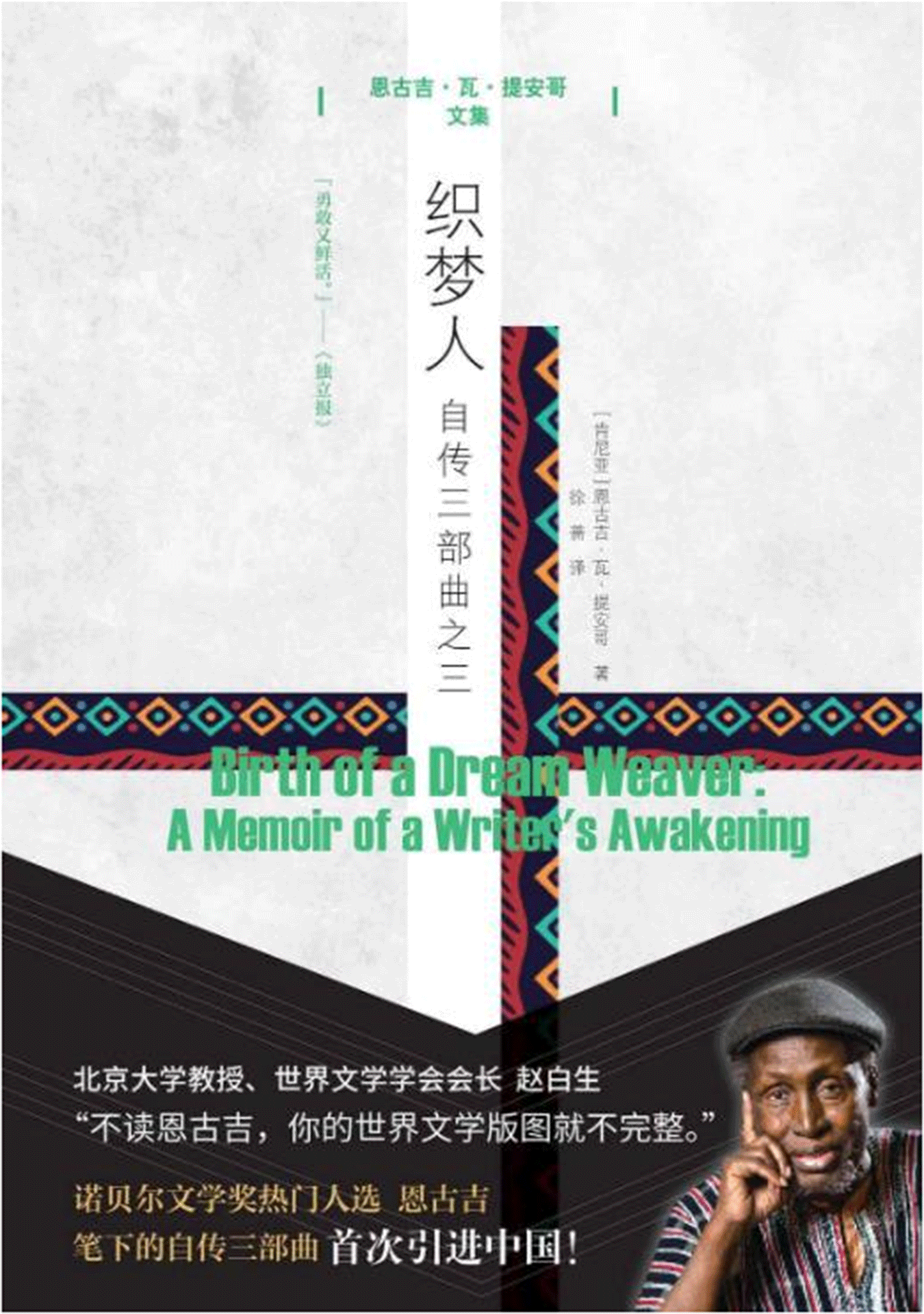
Figure 9e. Birth of a Dream Weaver: a writer’s awakening《织梦人》Source: https://book.douban.com/subject/26896533/.
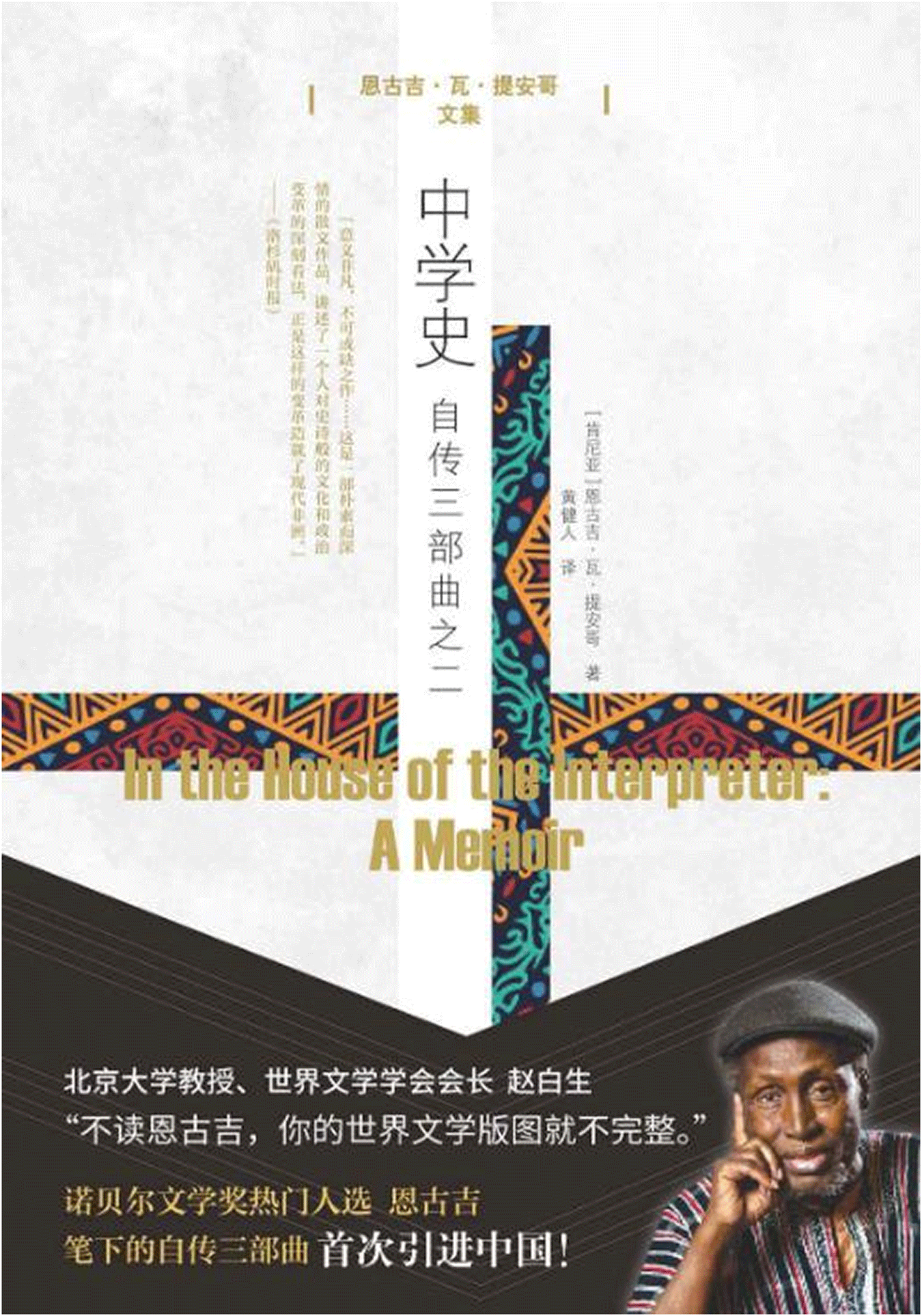
Figure 9f. In the House of the Interpreter《中学史》Source: https://book.douban.com/subject/26896532/.
The number of academic papers and theses on Ngũgĩ wa Thiong’o is comparatively few, in light of his international fame. Among them, ‘Ngũgĩ wa Thiong’o: the faith of an African diaspora and the language embarrassment’ (Yuan and Zhu Reference Yuan and Zhu2019); ‘Ngũgĩ wa Thiong’o’s view of political literature’ (Gao Reference Gao2014); ‘The quest for freedom: on the construction of self-image of In the House of the Interpreter’ (Wang Reference Wang2016); ‘The oral language performance in Wizard of the Crow from the perspective of stylistics’ (Yu Reference Yu2021); and ‘A study of irony in Ngũgĩ wa Thiong’o’s novels’ (Lu Reference Lu2020) are the most representative ones.
Grace Ogot (1930–2015)
Grace Ogot was one of the founders of the Kenya Writers’ Association, and Kenya’s first female parliamentarian. In the 1960s, she published The Promised Land (1966), a full-length novel, and Land Without Thunder (1968), a collection of short stories, which depicted traditional pre-colonial Luo life. In the 1970s and 1980s, she published two more short story collections and two more full-length novels. To date, there has been no translation and few studies of Grace Ogot in China.
The newest generation of Kenyan writers have also been neglected including the Caine Prize winners, Binyavanga Wanaina, Yvonne Adhiambo Owuor, Okwiri Oduor and Makena Onjerika.
Several important writers from other countries have gradually inched their way into the Chinese market, such as Bessie Head, Ama Ata Aidoo, J. E. Casely Hayford, Dambudzo Marechera, and Yvonne Vera, among others. Relevant studies are also rising, with the scholar Lu Min from Shanghai Normal University being the most prominent.
Conclusion
For the translation of and research in African literature in China, the first step is the translation of literary works, the second is the analysis and interpretation of literary works, the third is the combination of literary works and the intellectual history of the society, the fourth is the generalization of the literature of a certain region or a certain language, and the fifth is the writing of the history of the literature. Among all the languages, African anglophone literature is the fastest developing and the most comprehensive, and in-depth research in the study of African literature in China has gone through all the five steps mentioned above. After nearly a century of development, African anglophone literature studies in China are quite fruitful, showing the trend of expanding the number of countries under research, diversifying research writers, and multidimensional research perspectives, with the relevant translated works, monographs and academic papers thriving in recent years.
Nevertheless, while literatures of the developed Western countries have long occupied the leading position in foreign literature research in China, African anglophone literature seems to be relatively marginal and lagging behind. At the research level, it is mostly guided by literary awards, focusing on award-winning writers and hotspot regions; from research perspectives, it follows the Western paradigm and discourse, failing to produce any original theory or methodology with a Chinese standpoint. In the future, Chinese scholars should break away from Western-centrism and form a more independent and autonomous academic discourse on the translation and scholarship of African anglophone literature, and make the voices of Chinese scholars heard in the international African anglophone literature research community.
